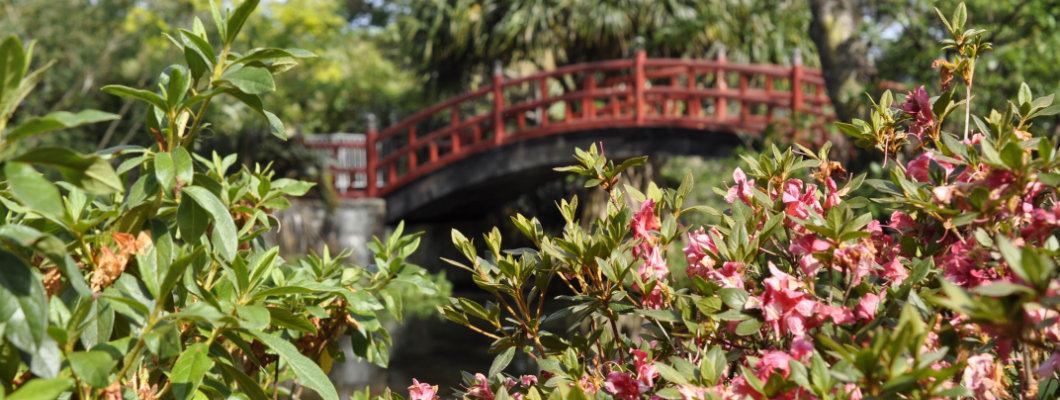
Title image above is copyright © Kristi Ellinopoullos
First published 20th October 2025
The series on the The Wollongong Botanic Garden continues here, this time with a photo essay on its Azalea Collection.
From their website:
This collection features plants found in Asiatic regions including China, Japan and Korea.
It includes hundreds of Azaleas, as well as Rhododendrons, Camellias, Dogwoods (Cornus alba), Maples (Acer palmetum) and some magnificent Dawn Redwoods (Metasequoia glyptostroboides).
A row of white flowering-cherry trees, the Japanese Tea House and the much-admired red Kawasaki Bridge have also been included as part of Wollongong’s Sister City relationship with Kawasaki, Japan.
(I really wish they’d repair that magnificent bridge, which has been closed for years now!)
I knew I wanted the azaleas to be the next photo essay, but also knew I was running out of time to catch them in their prime. And unfortunately I did miss it by maybe two or three weeks, so many of the photos from a distance ended up looking more like this, a mass of past-their-prime flowers:
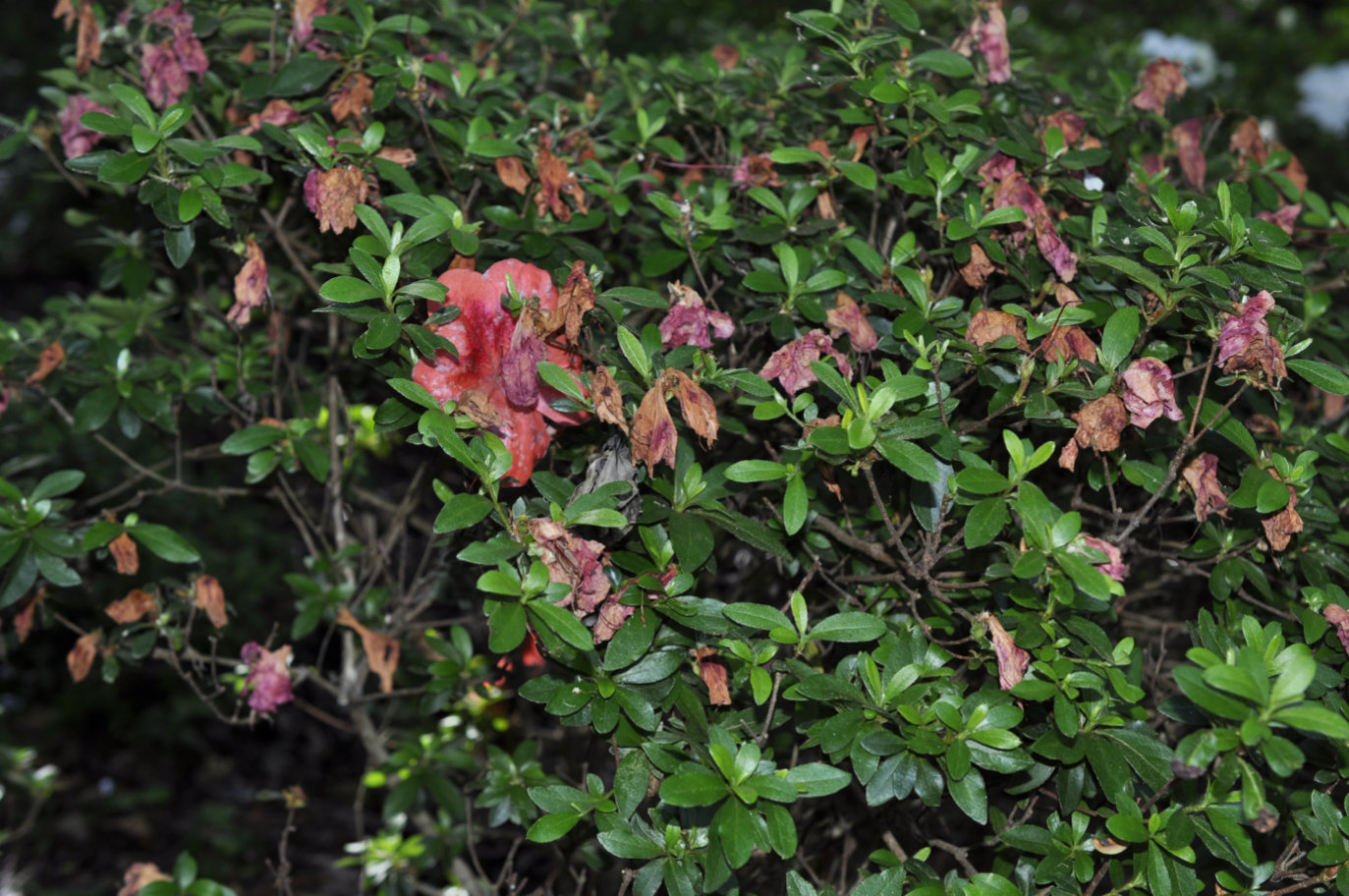
copyright © Kristi Ellinopoullos
rather than this one up the hill I was lucky enough to get in time:
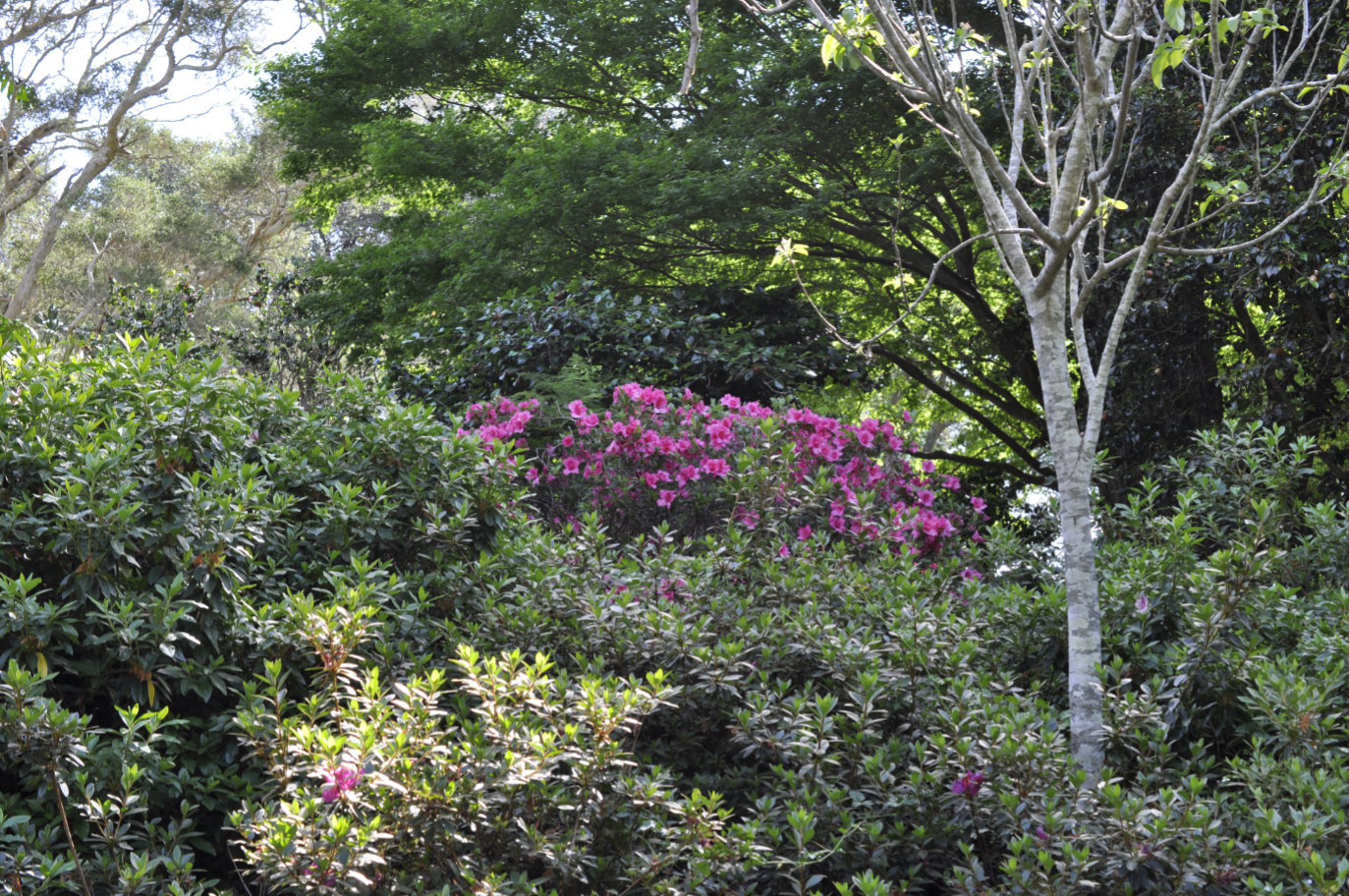
copyright © Kristi Ellinopoullos
There was still enough to show the variety of colours, and there were still plenty of flowers that could be photographed singly, so all was not lost — but maybe squint and use your imagination to pretend what may have been?!
(The nearby Rose Garden — photo essays begin here — is in full splendour right now though, awash with masses of blooms of all colours and perfume!)
The sprinklers were in full-force in this Asiatic section, and this female Australian brushturkey (Alectura lathami)
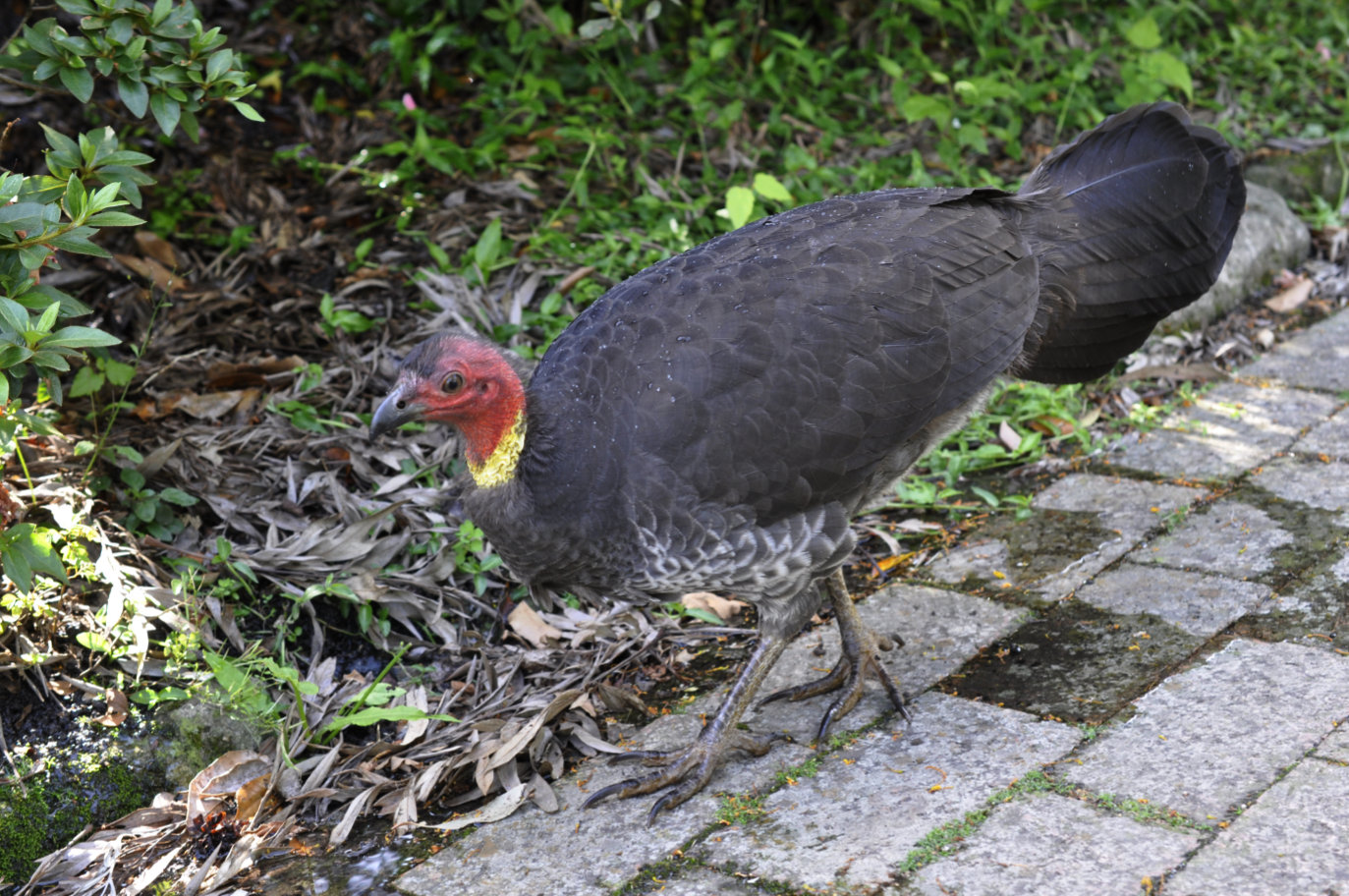
copyright © Kristi Ellinopoullos
appeared from the undergrowth to enjoy a drink:
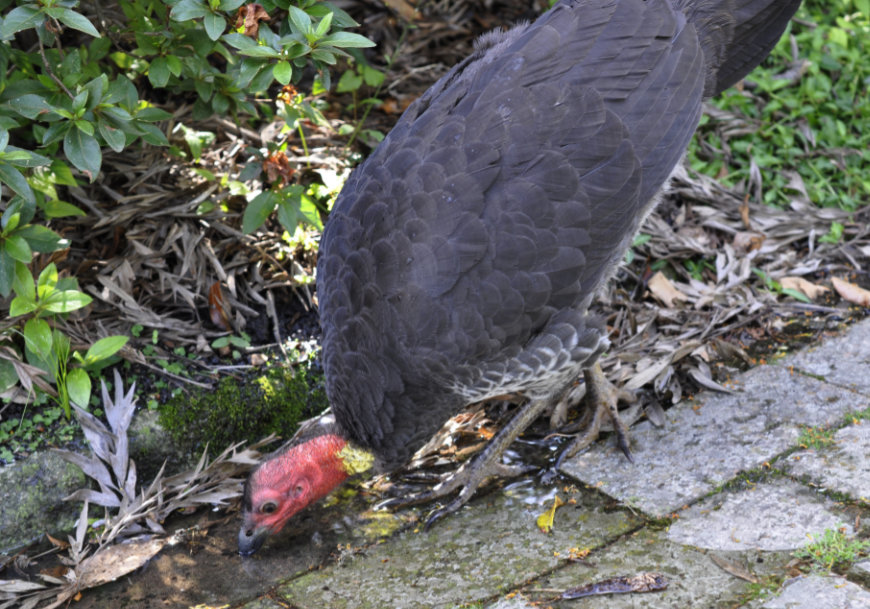
copyright © Kristi Ellinopoullos
(The yellow wattles are larger on the males.)
(This was taken with my 40 mm prime macro lens — not a zoom lens by any means! Meaning I was so close I could have touched her. These birds in the Garden are very used to people, and are just as likely to walk past you up close and personal, as you are to them.)
Just a quick note on “azaleas”. The horticultural world categorises what are called “azaleas” and what are called “rhododendrons” by the shape of the flower, the arrangement of the flowers, and the number of stamens on a flower.
Some of the flowers below may be traditionally called rhododendrons, and some azaleas, but botanically are all in the one genus Rhododendron.
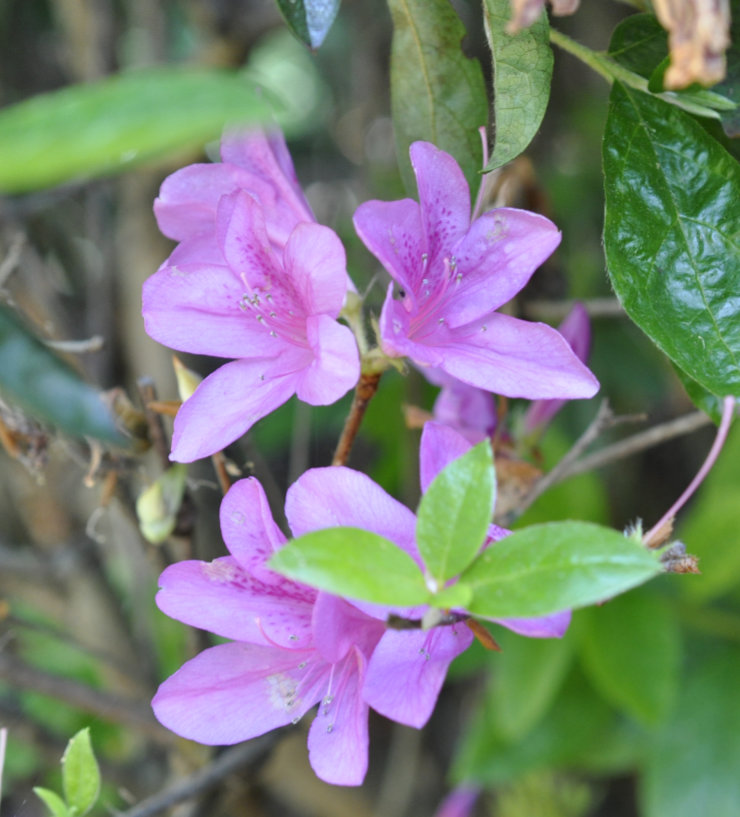 |
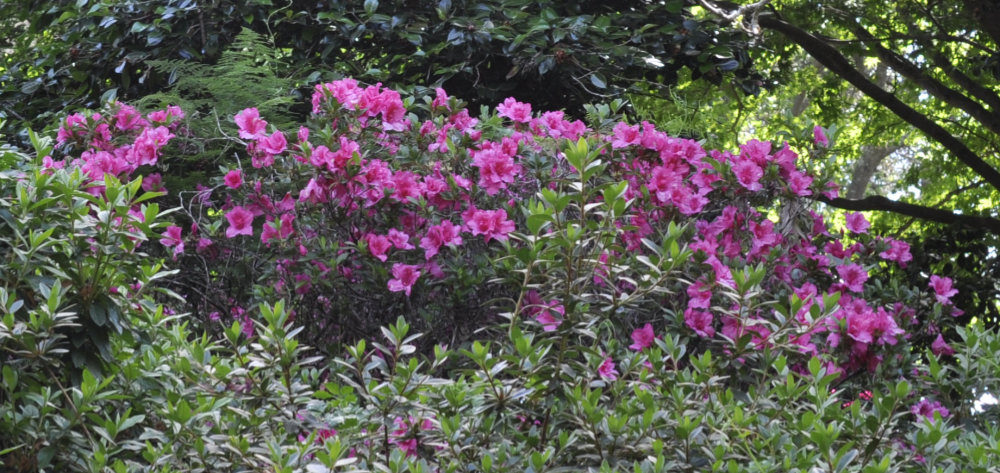 |
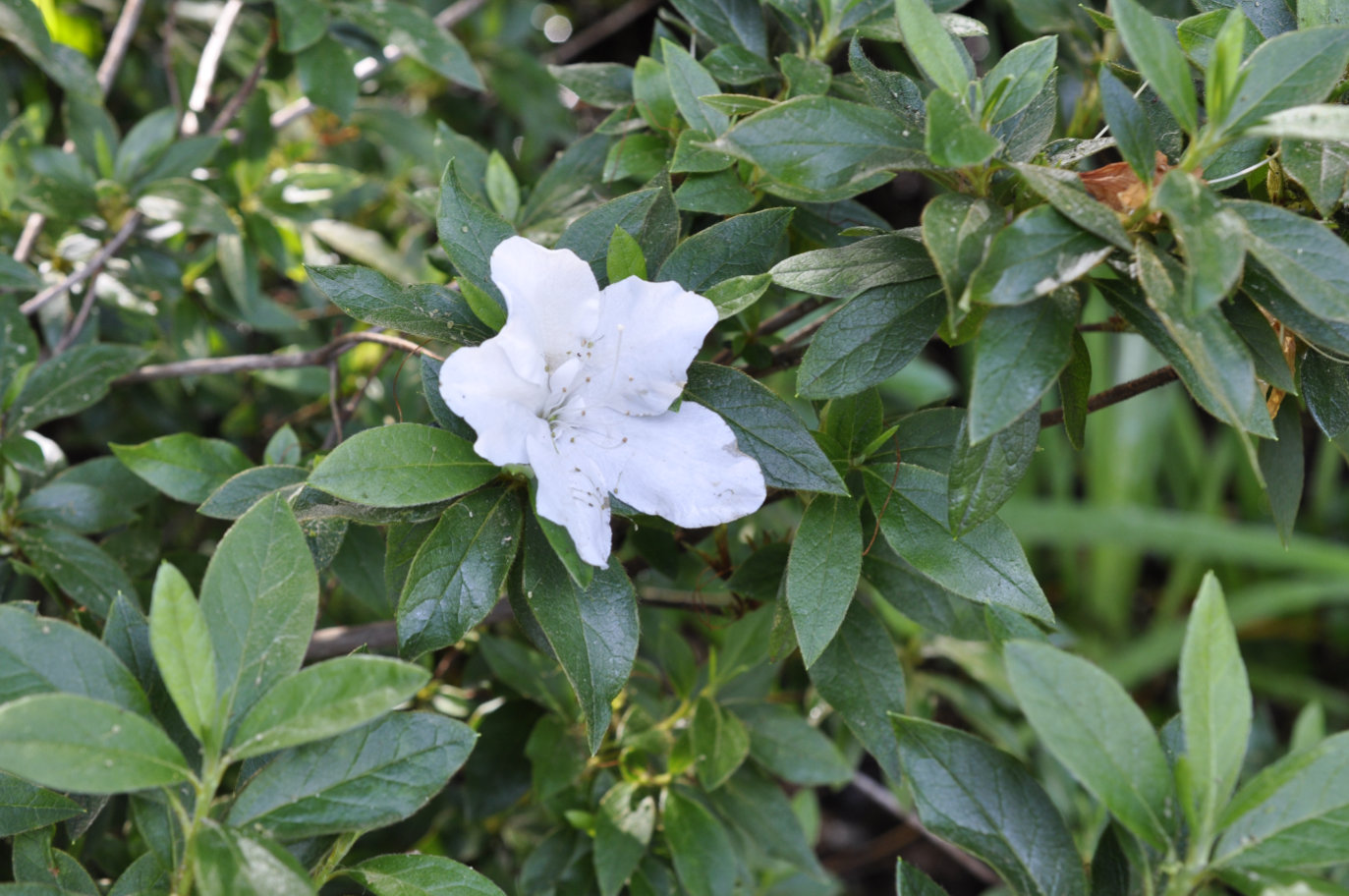 |
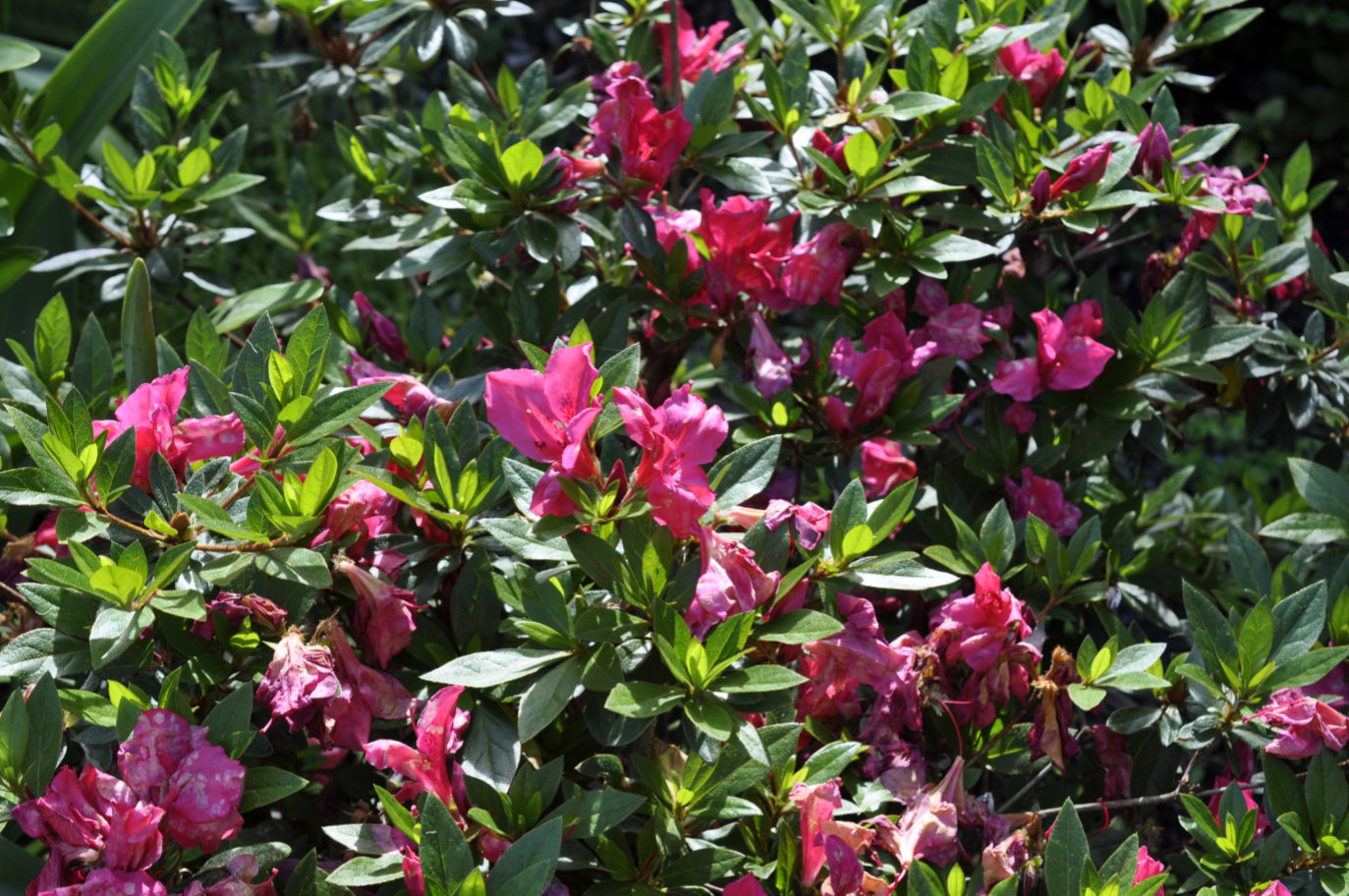 |
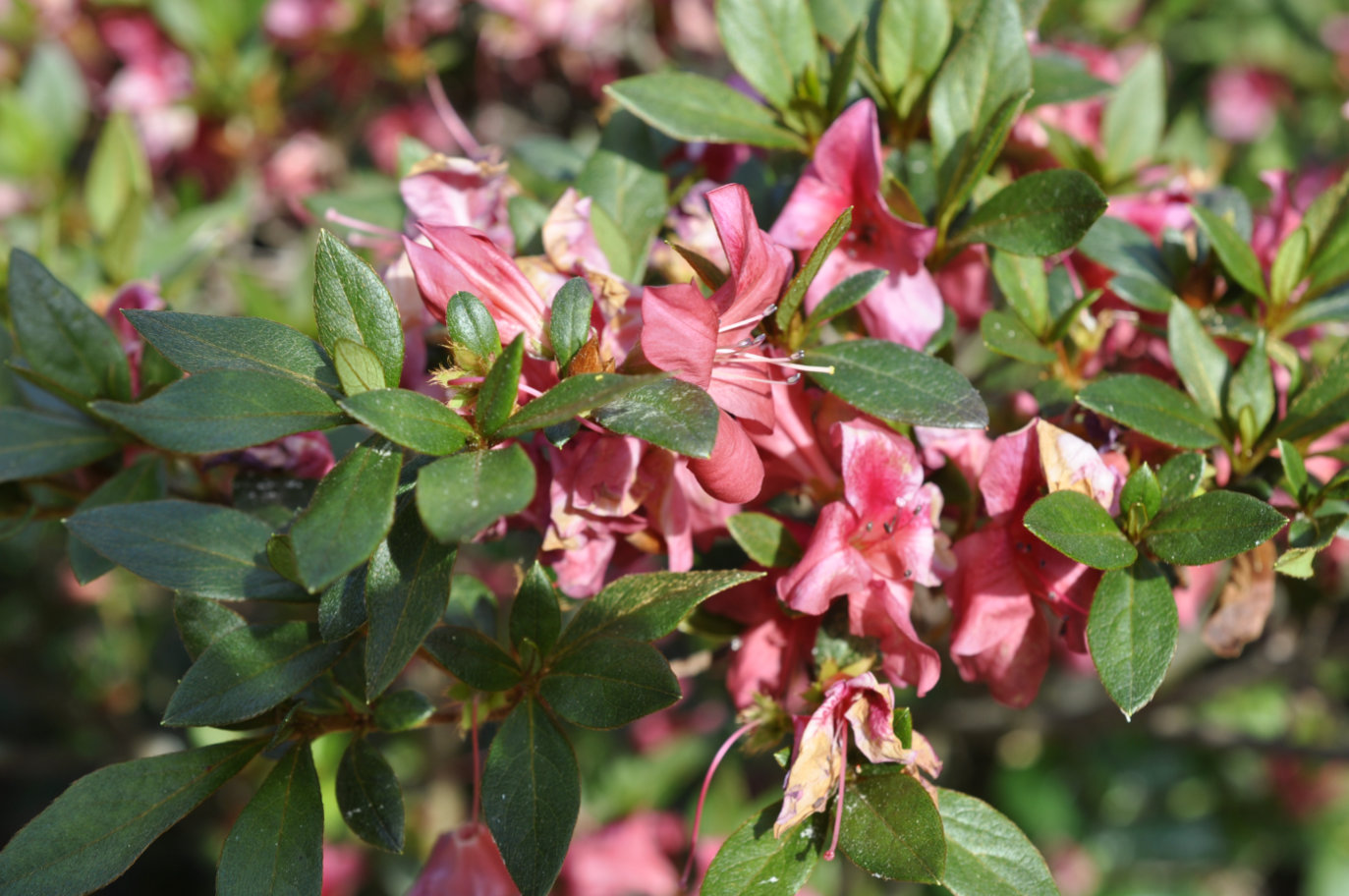 |
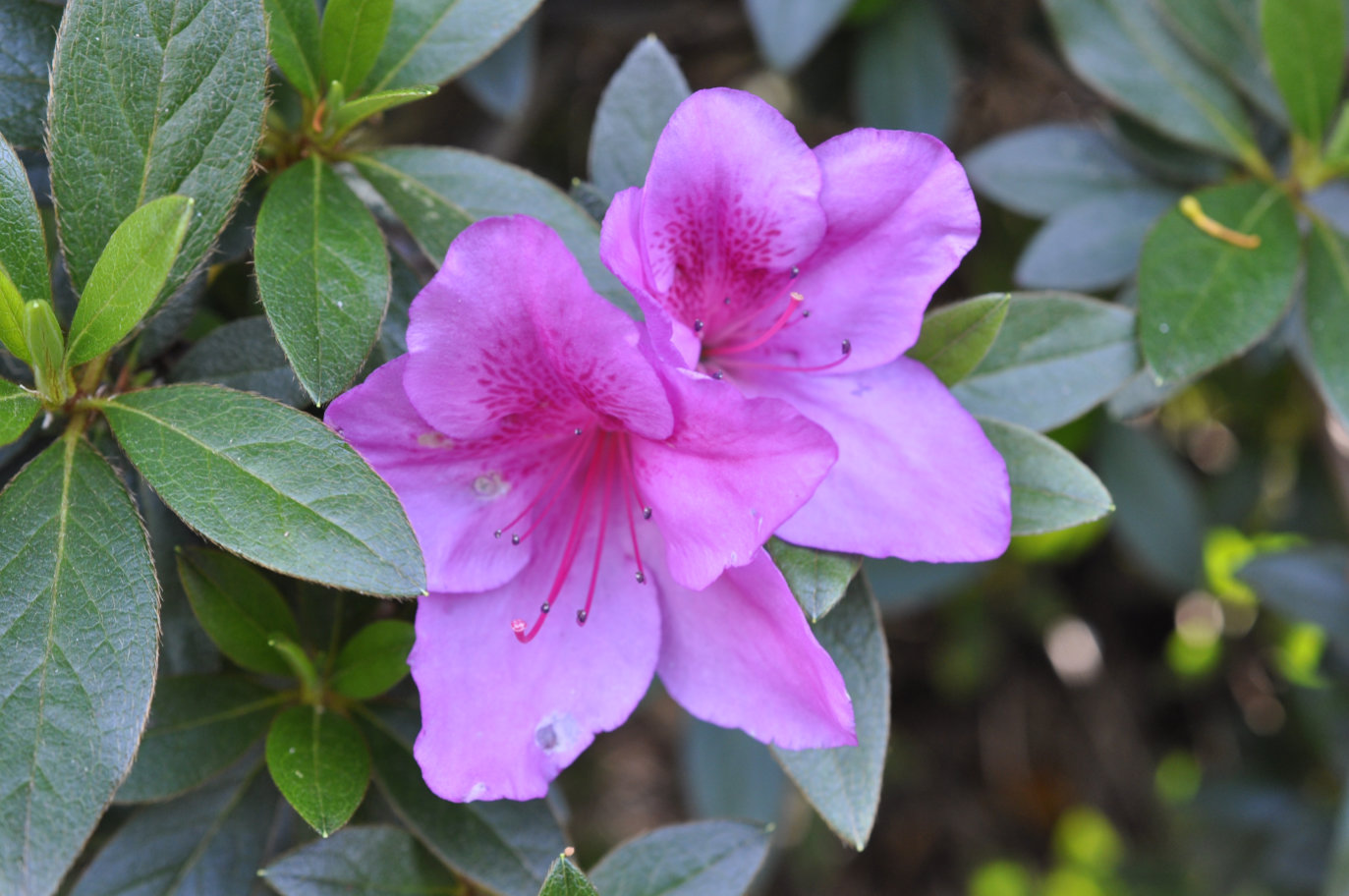 |
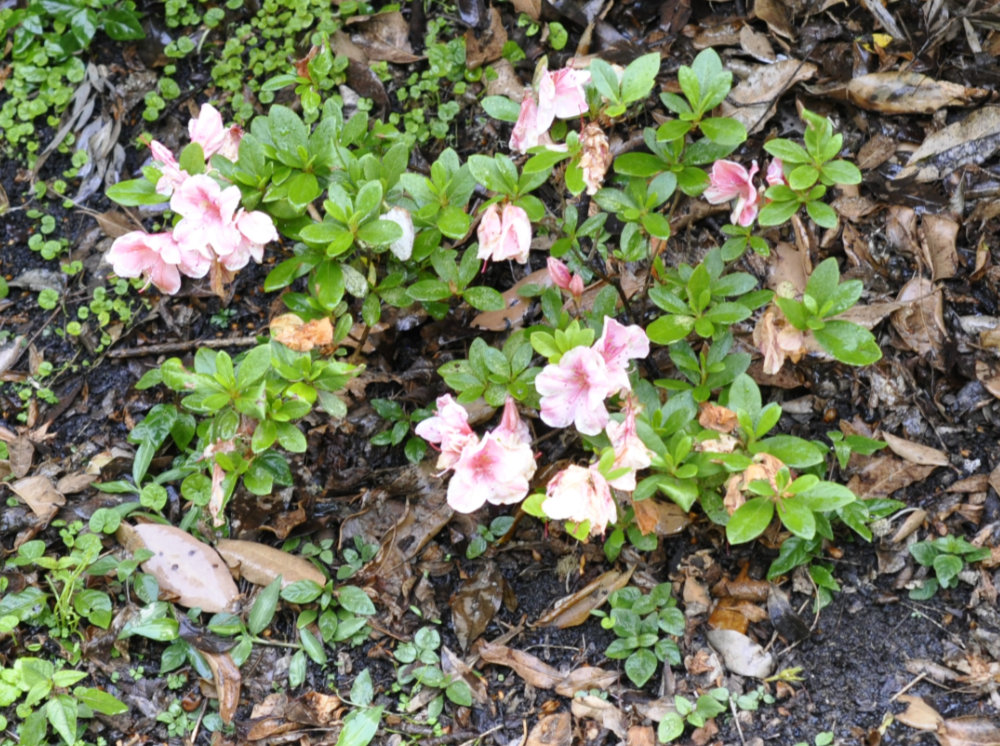 |
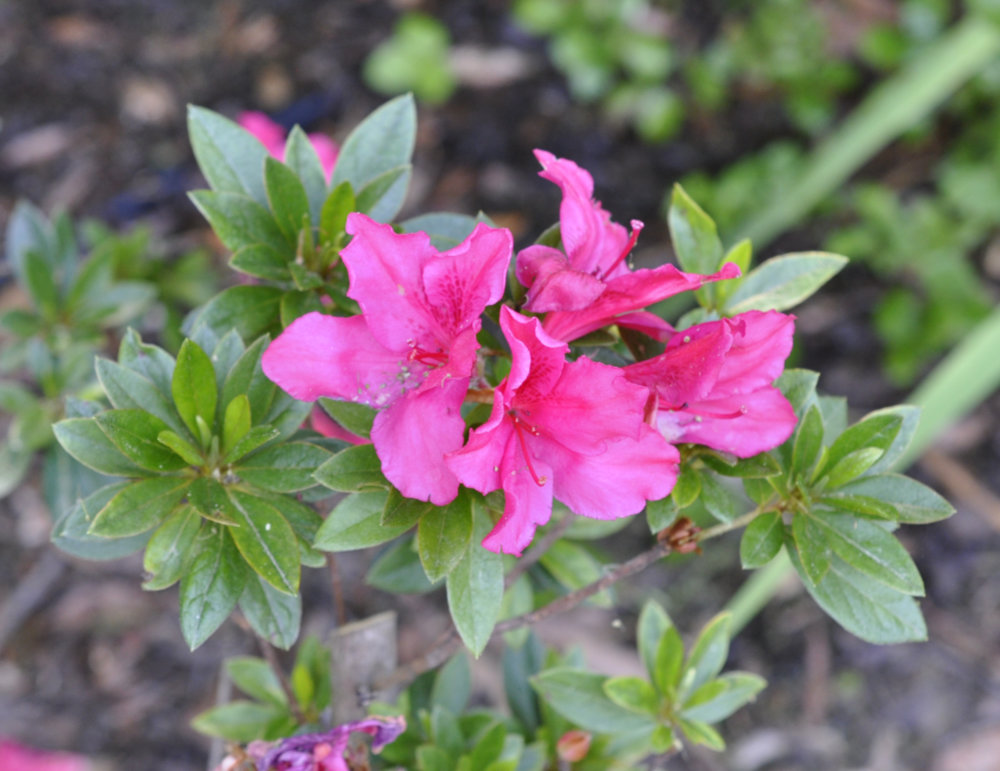 |
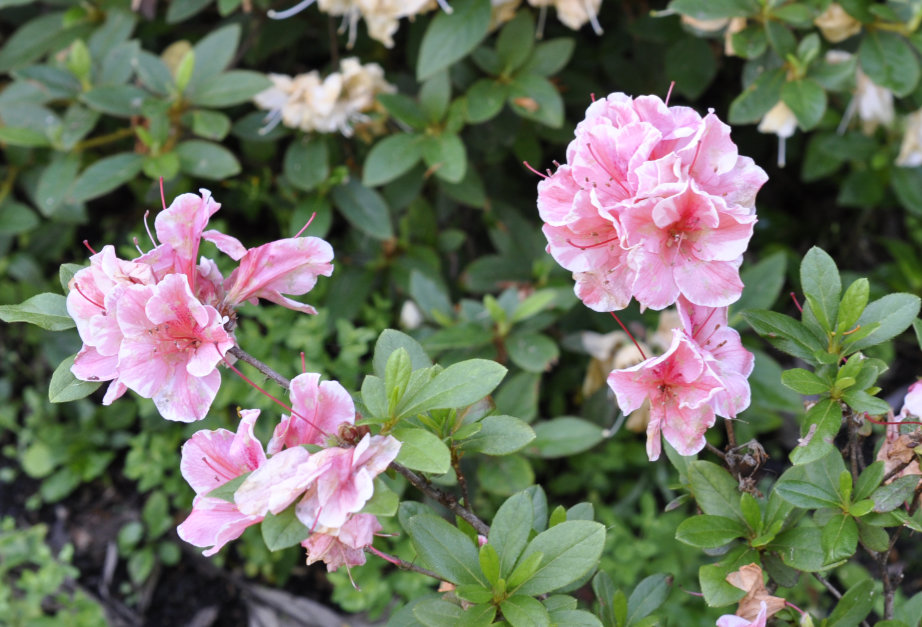 |
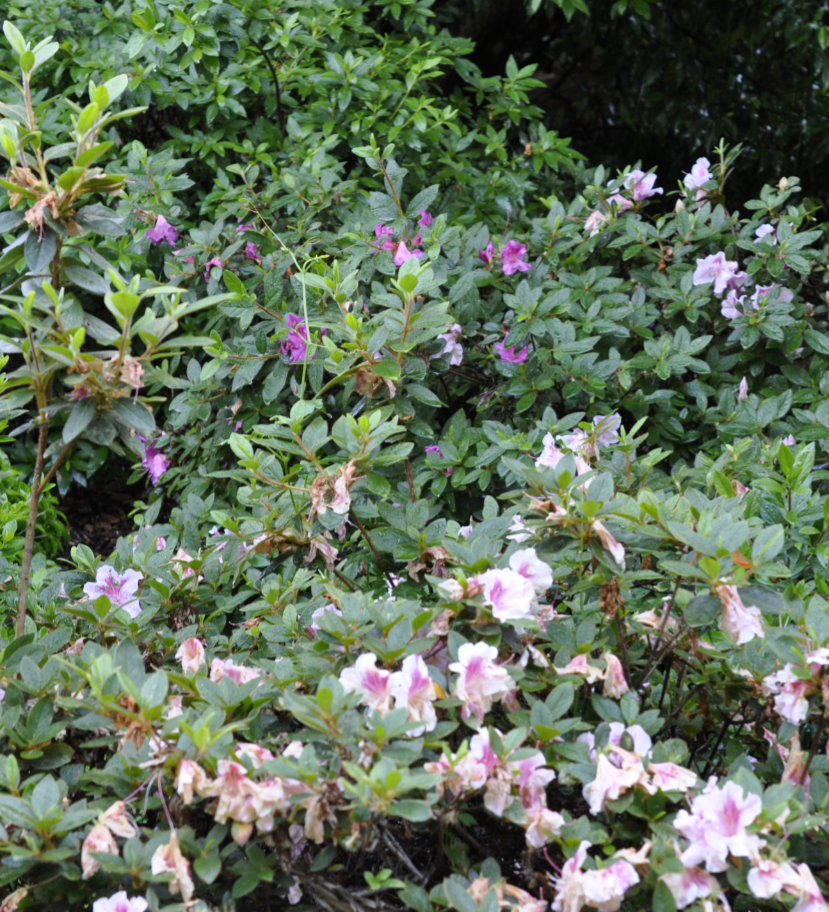 |
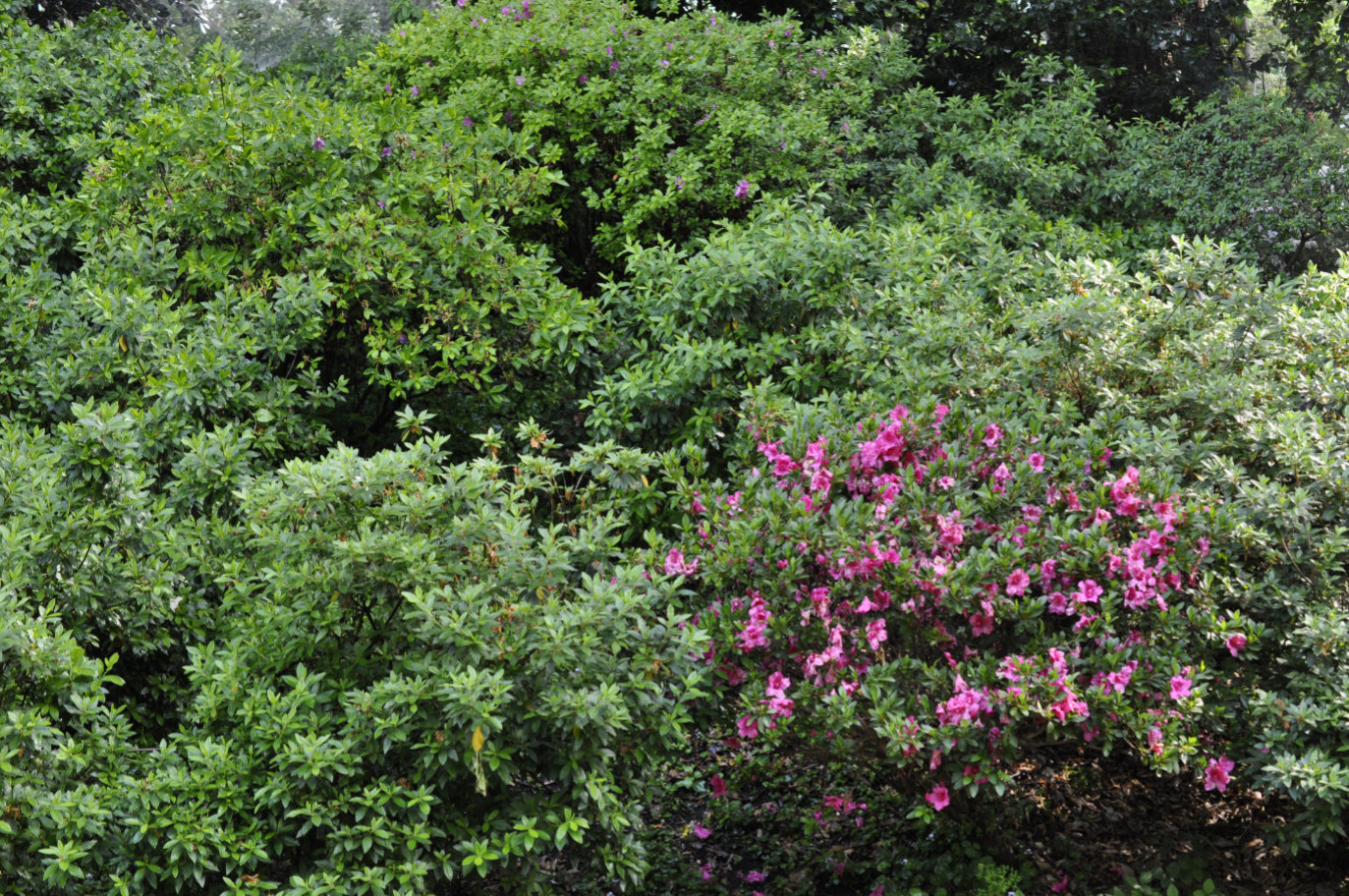 |
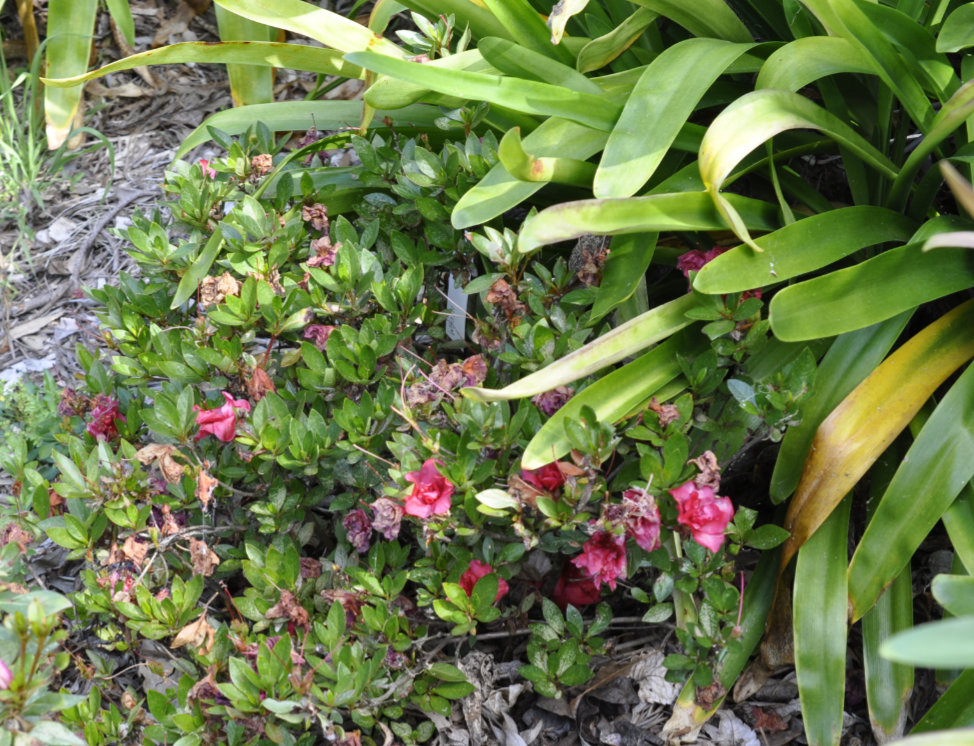 |
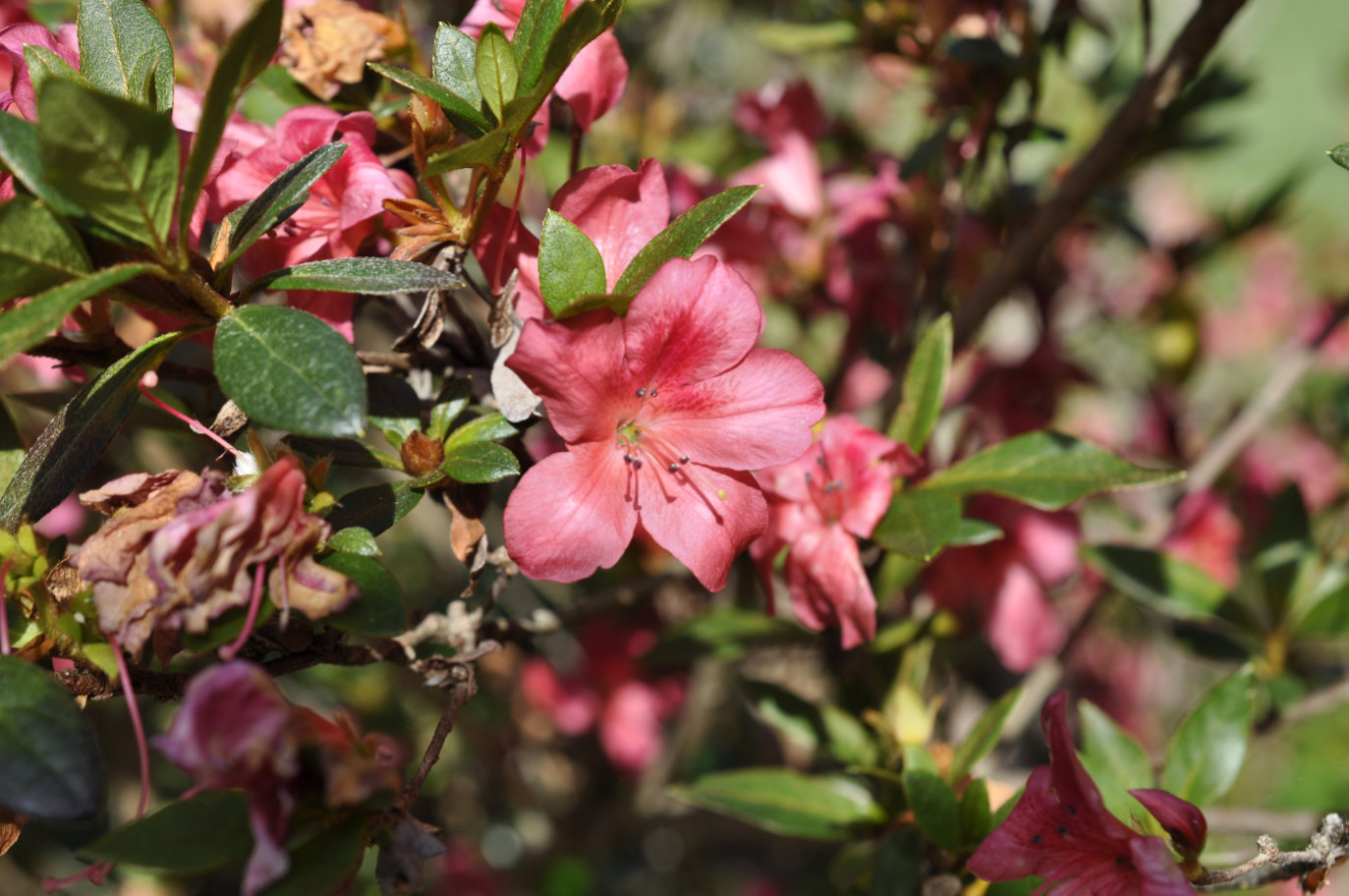 |
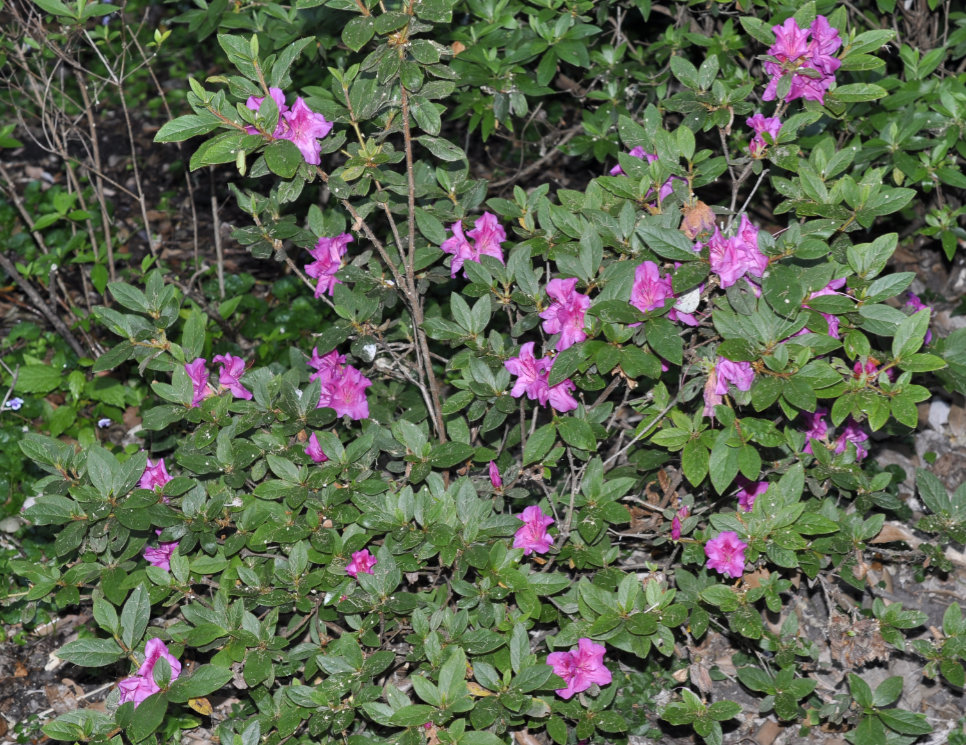 |
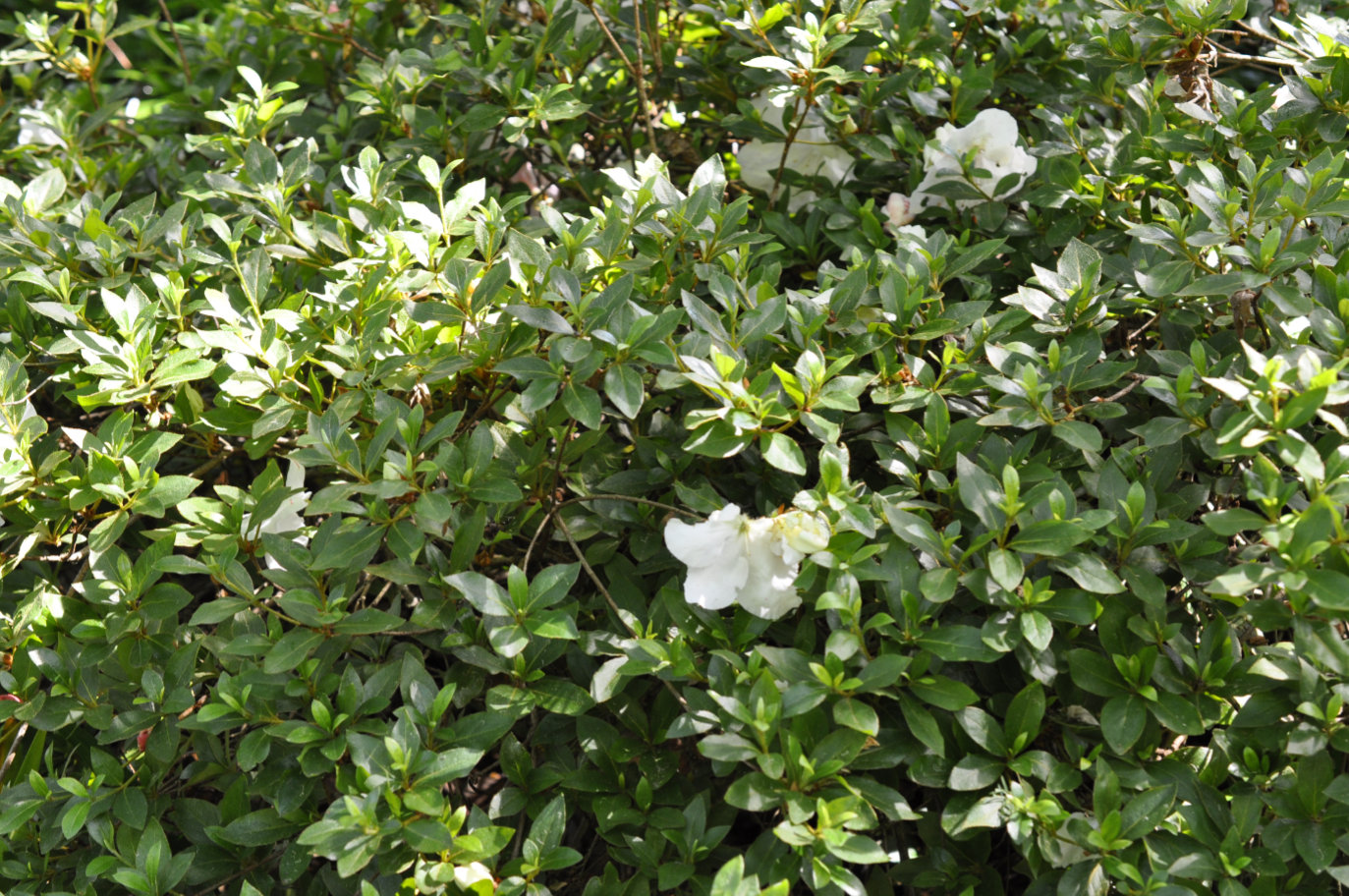 |
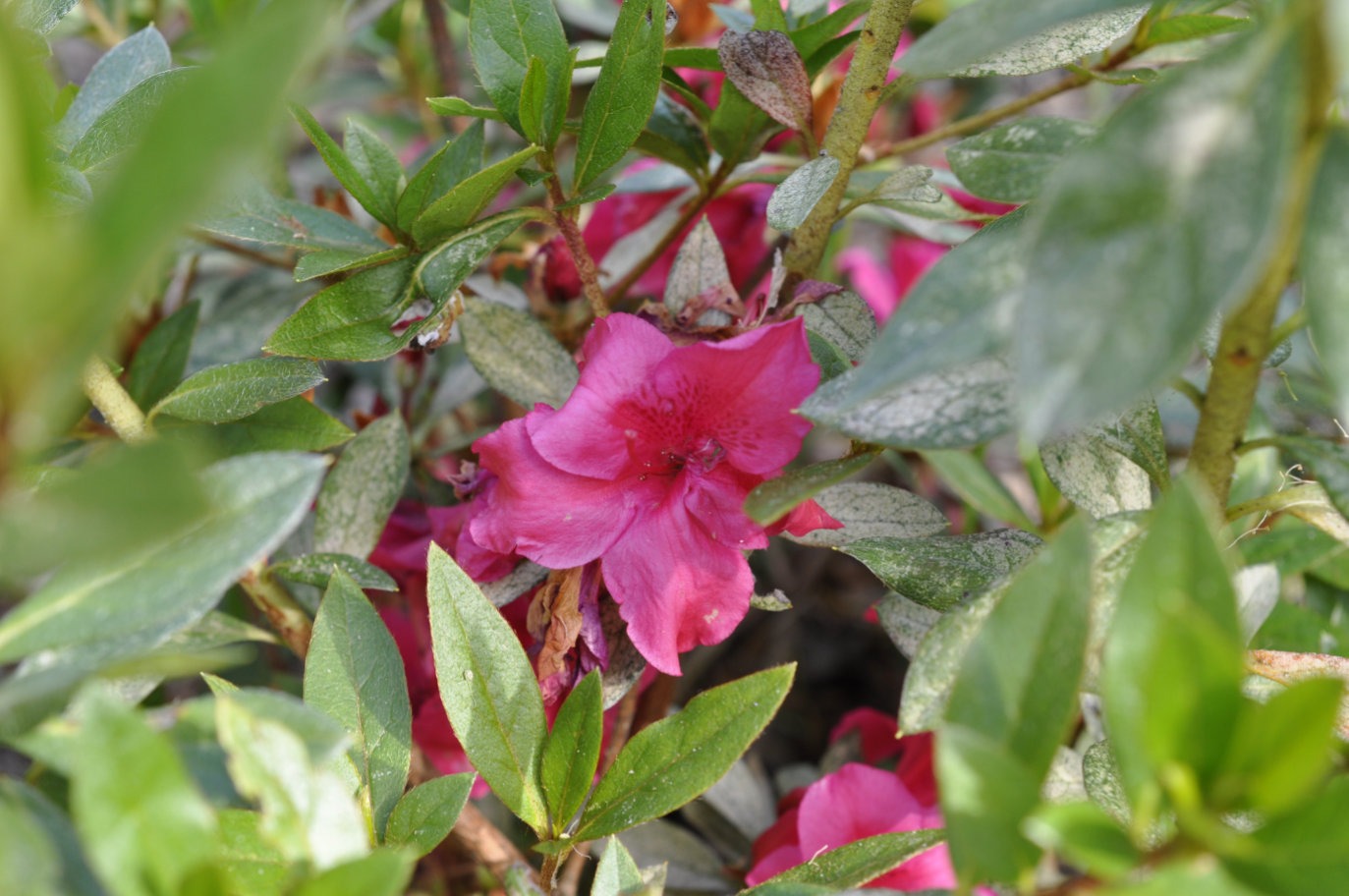 |
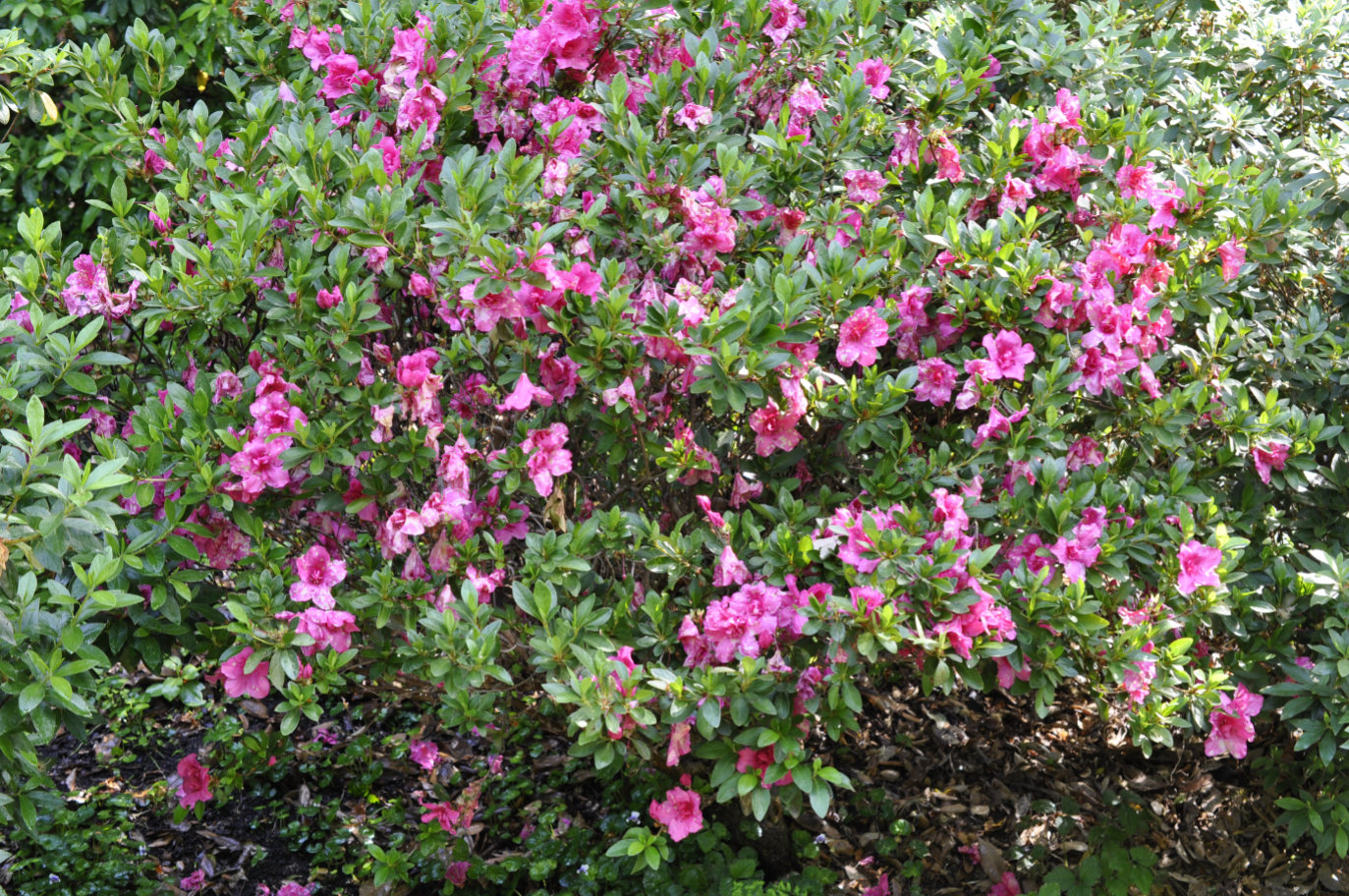 |
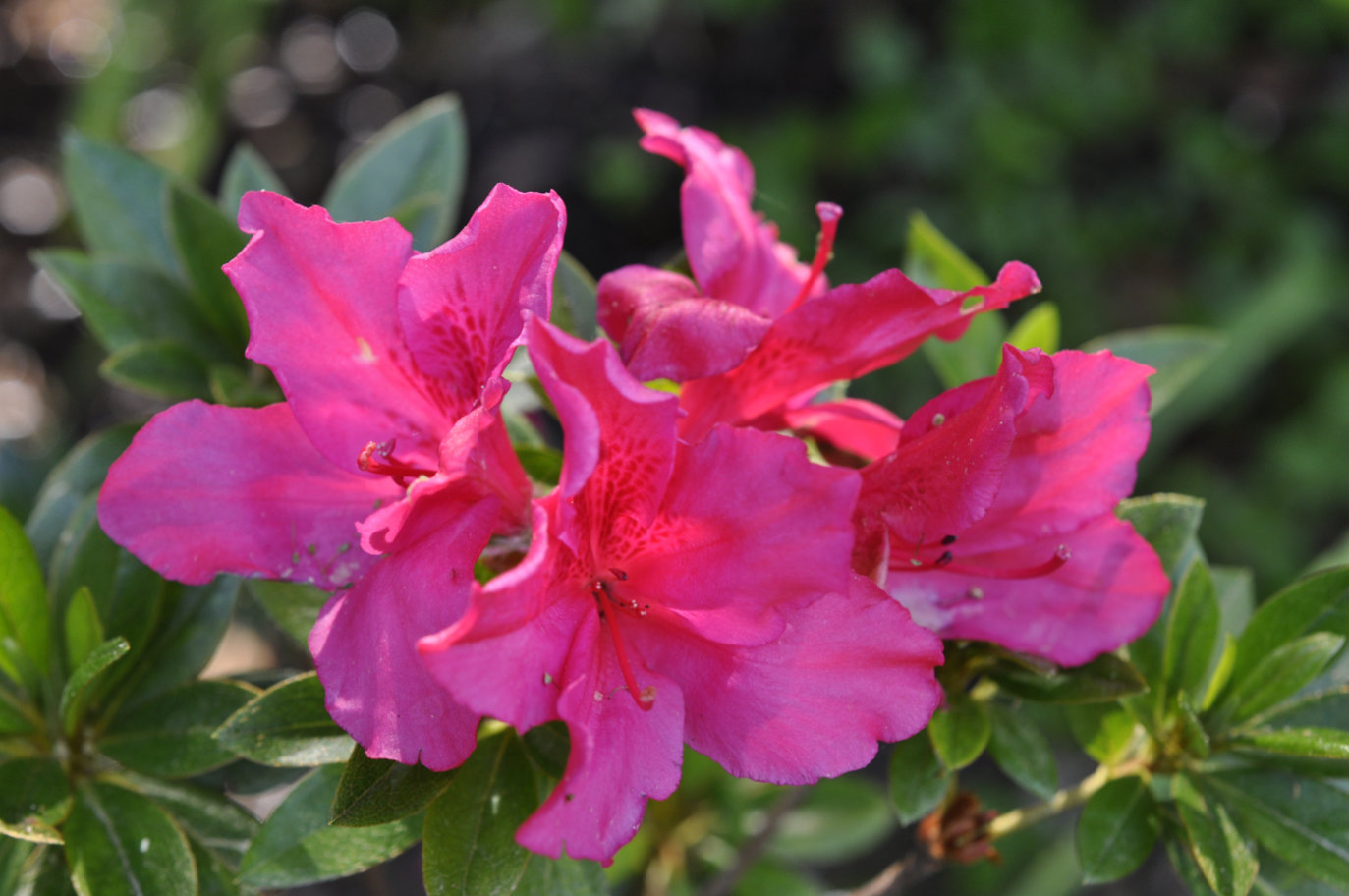 |
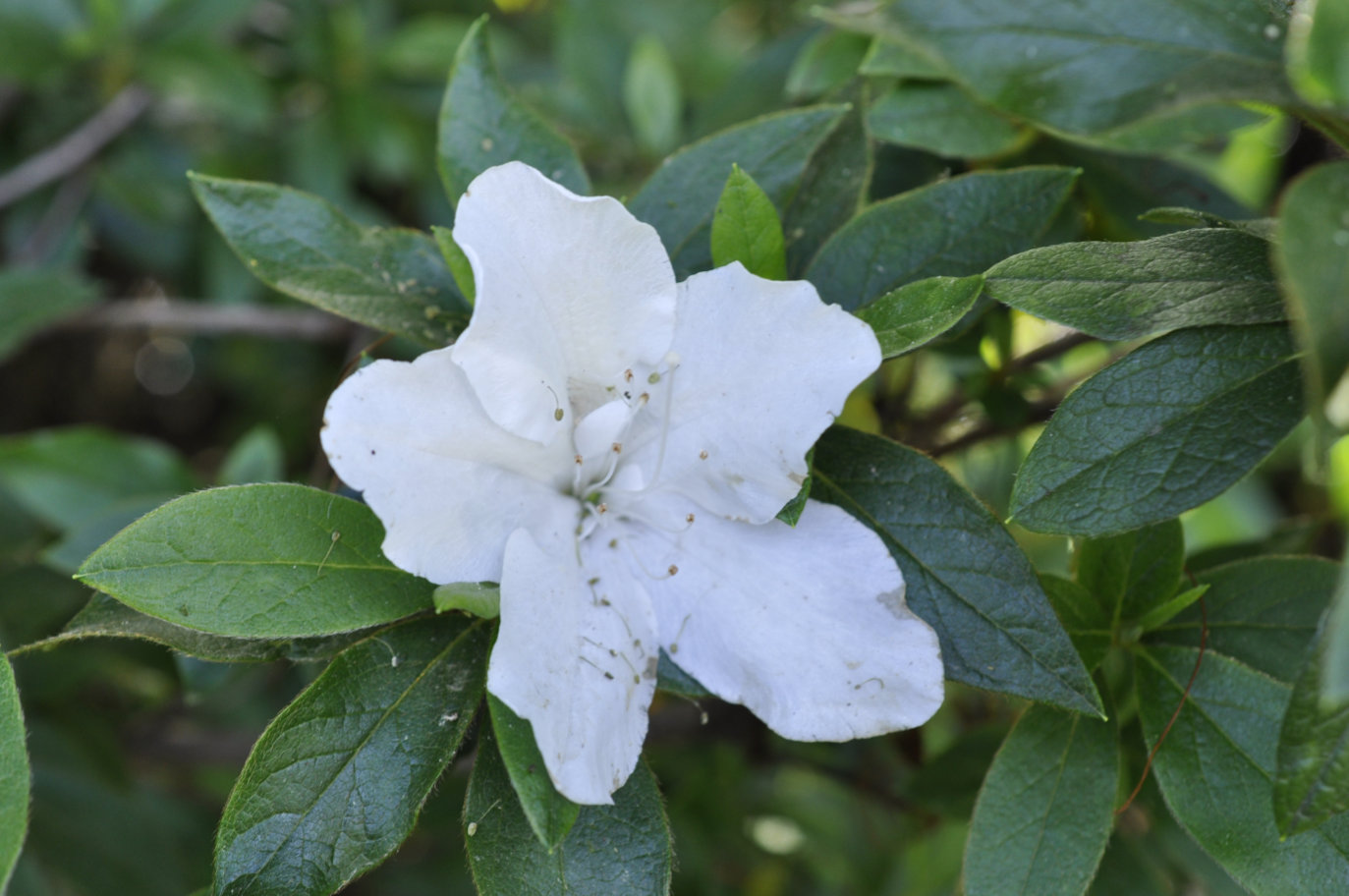 |
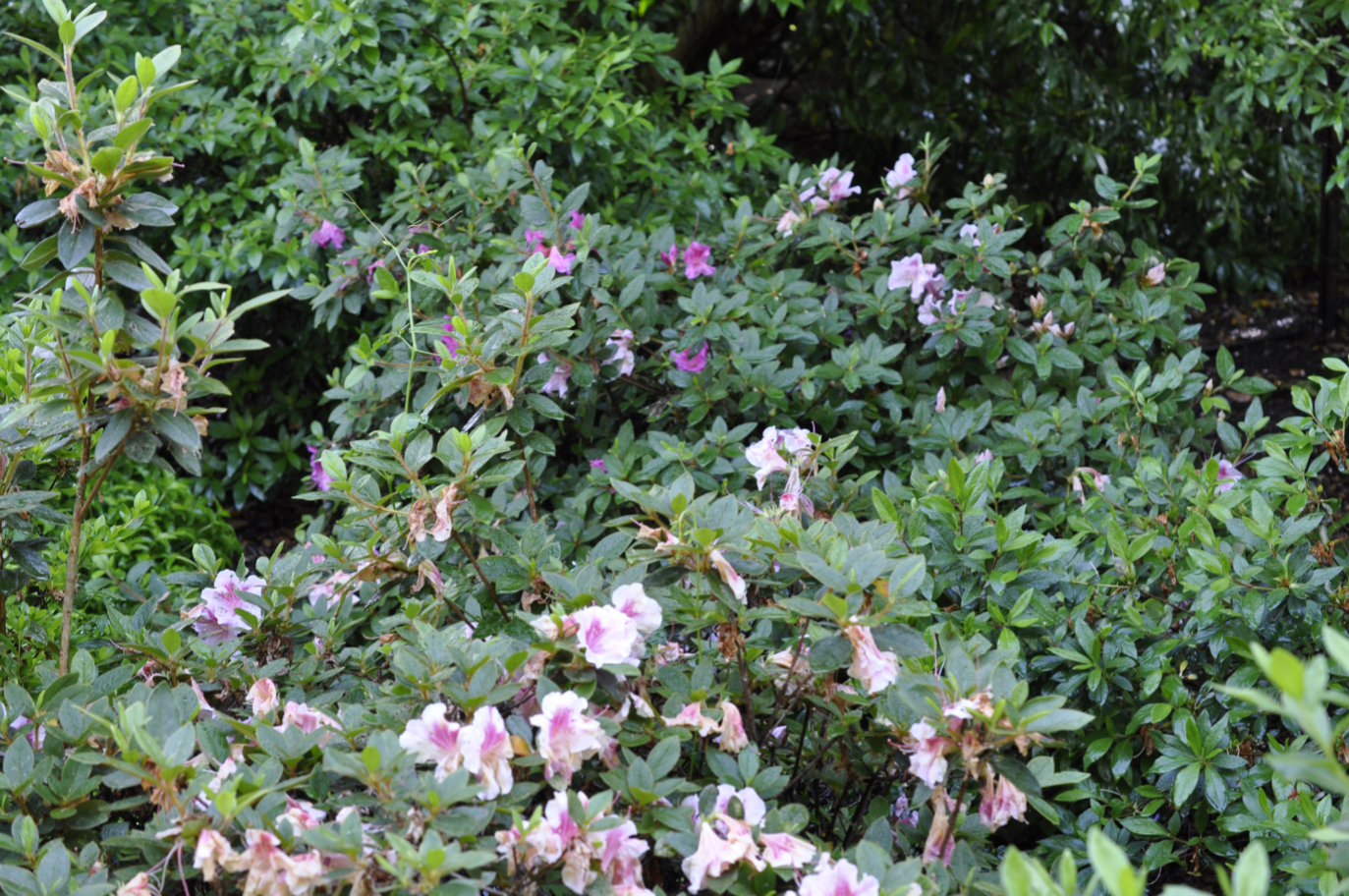 |
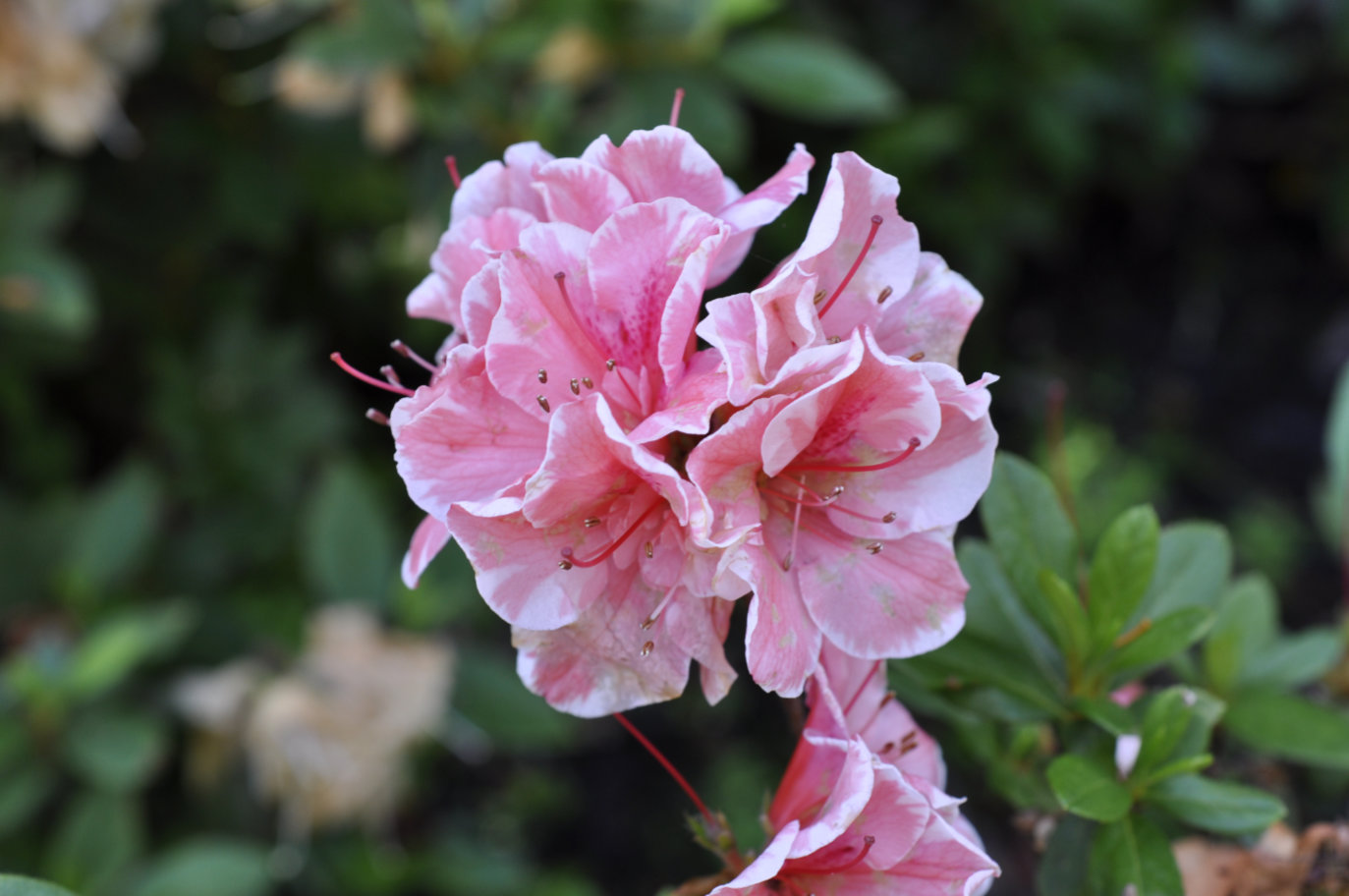 |
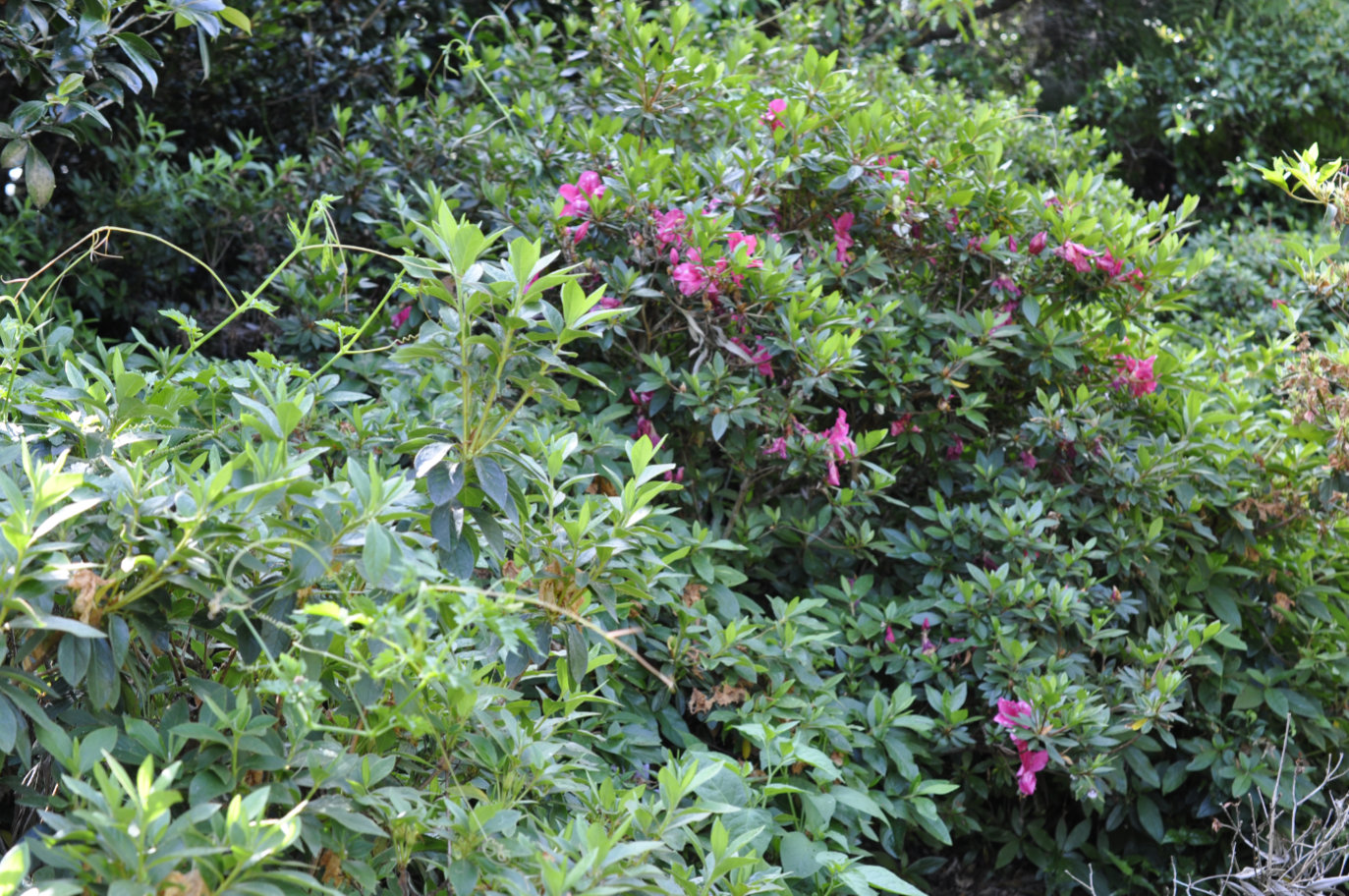 |
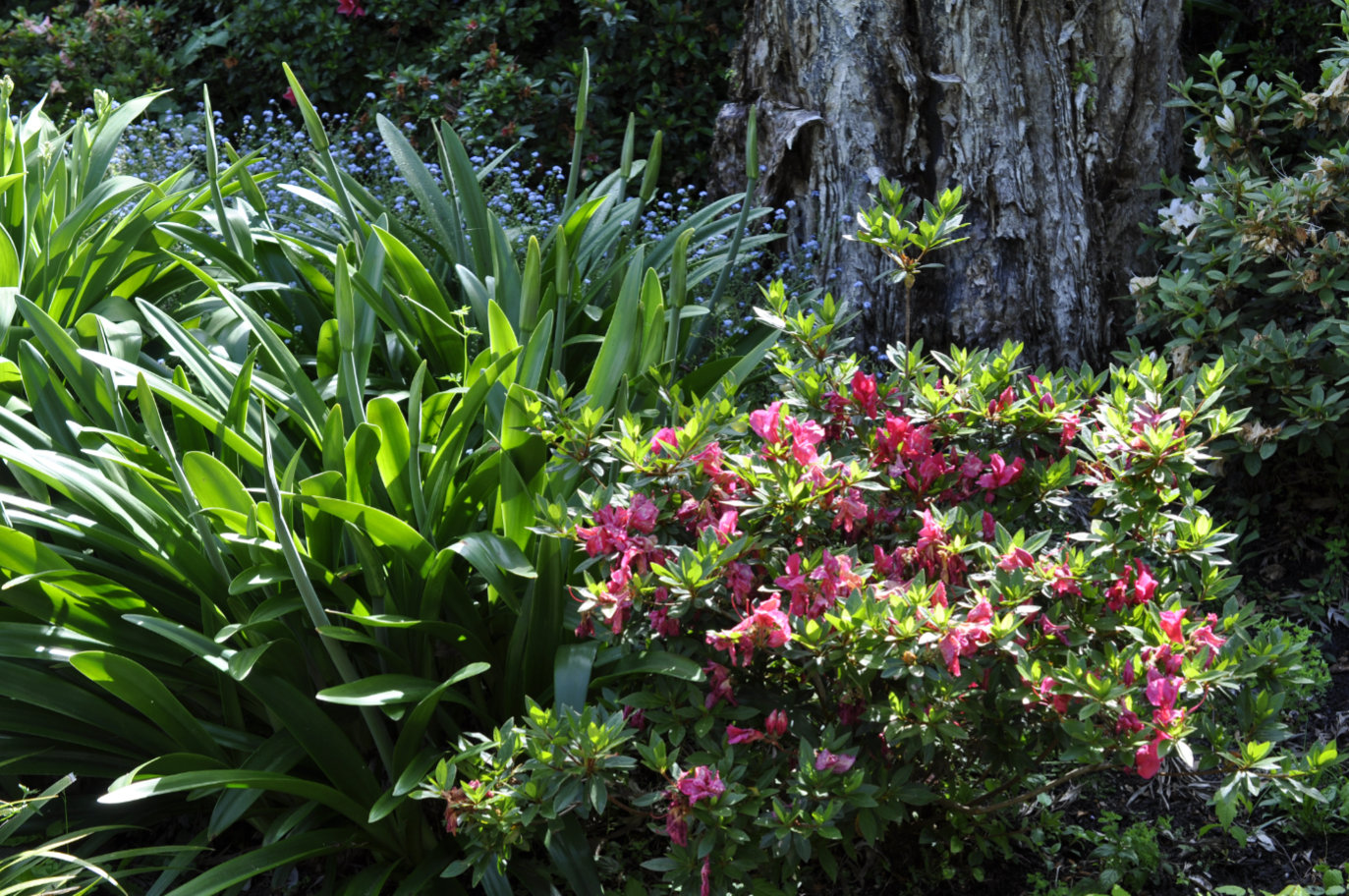 |
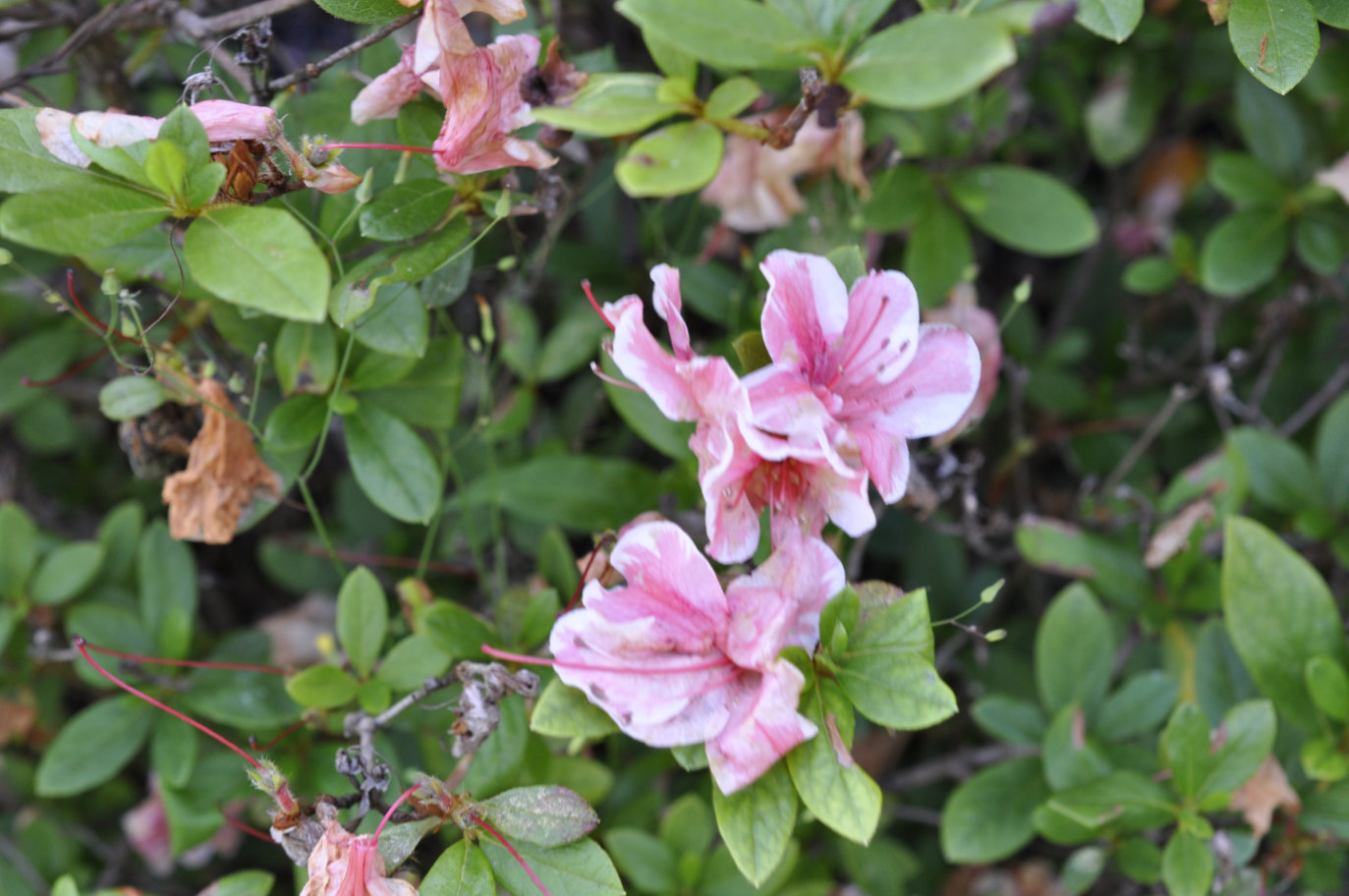 |
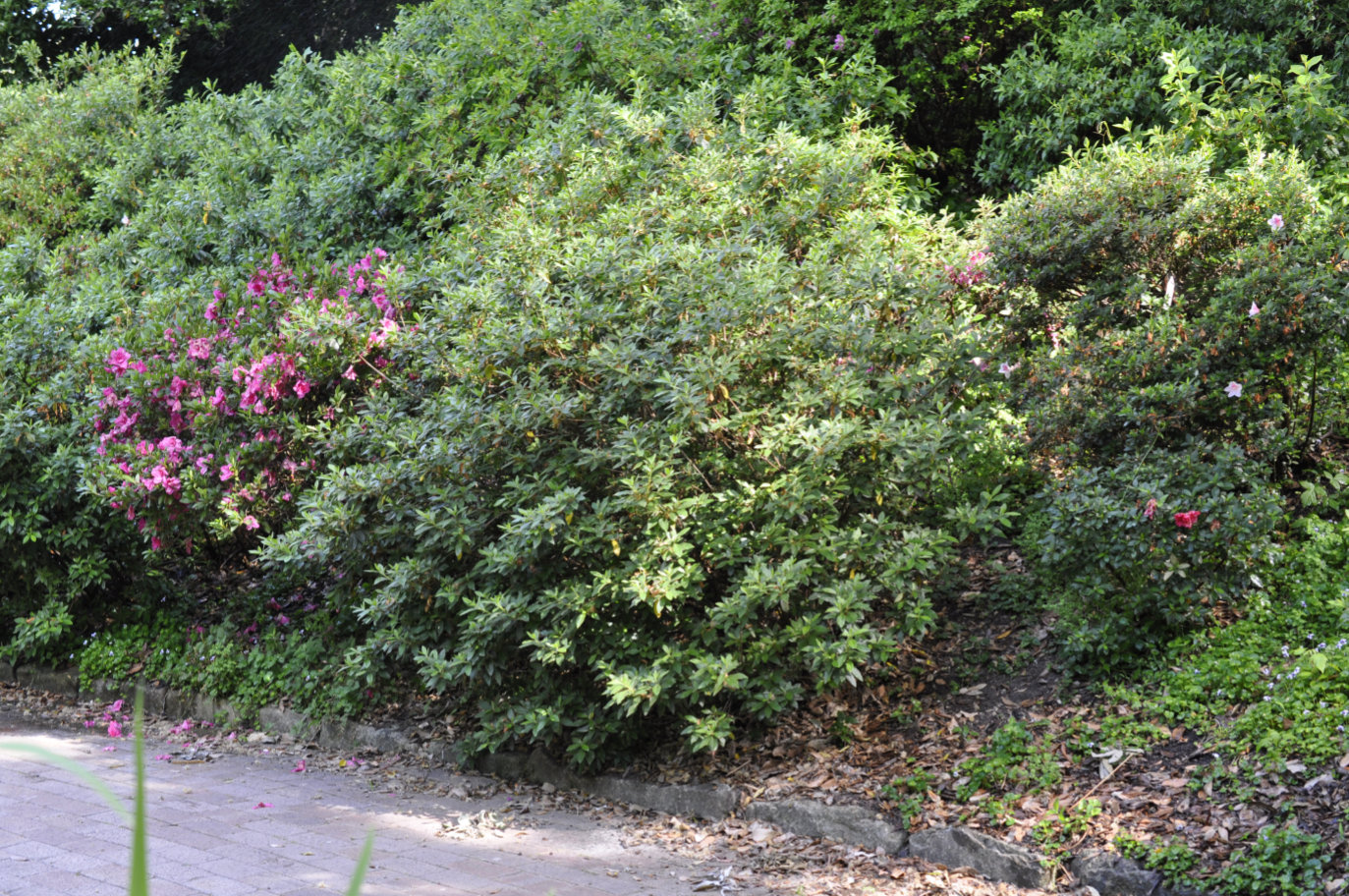 |
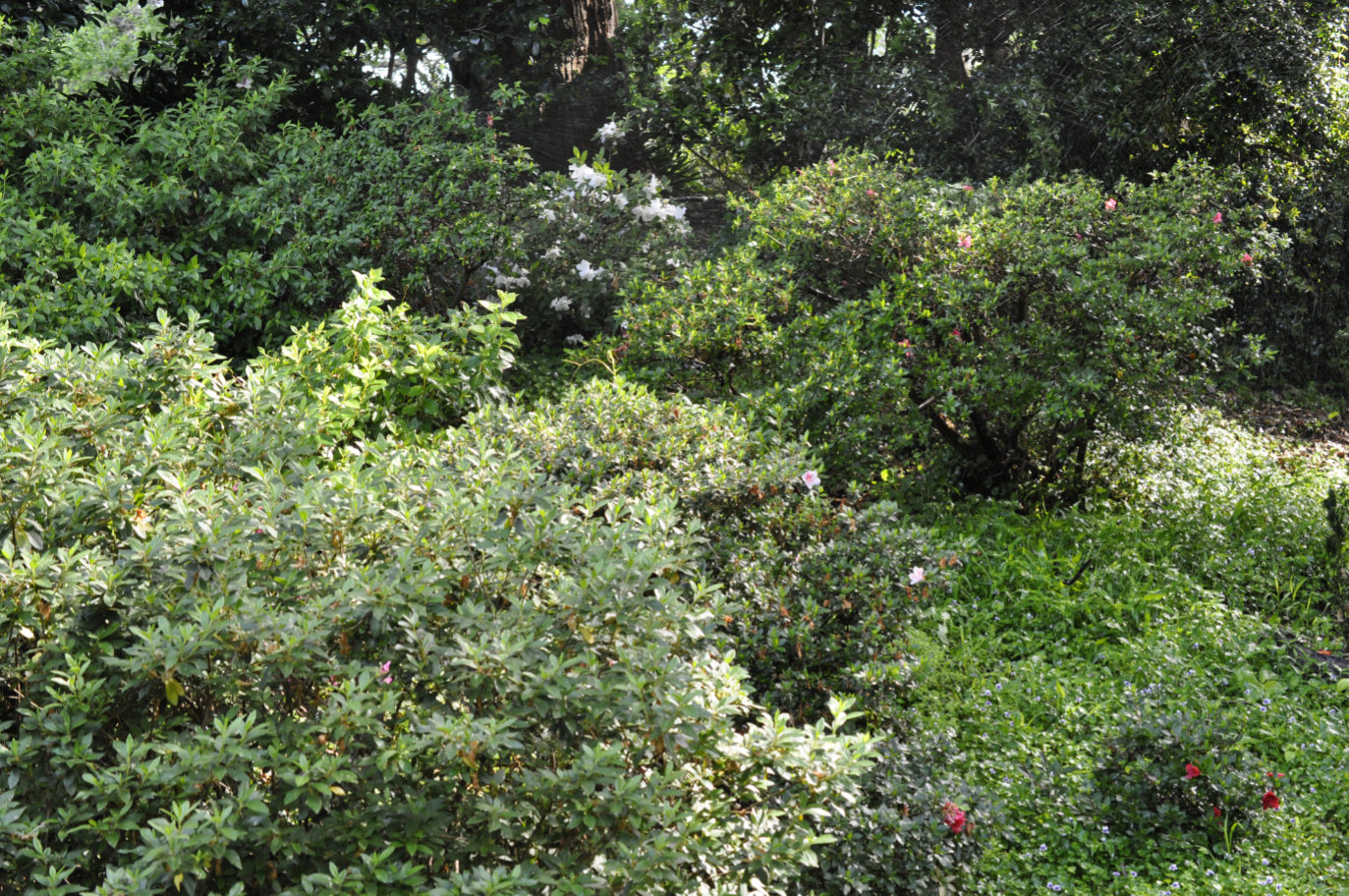 |
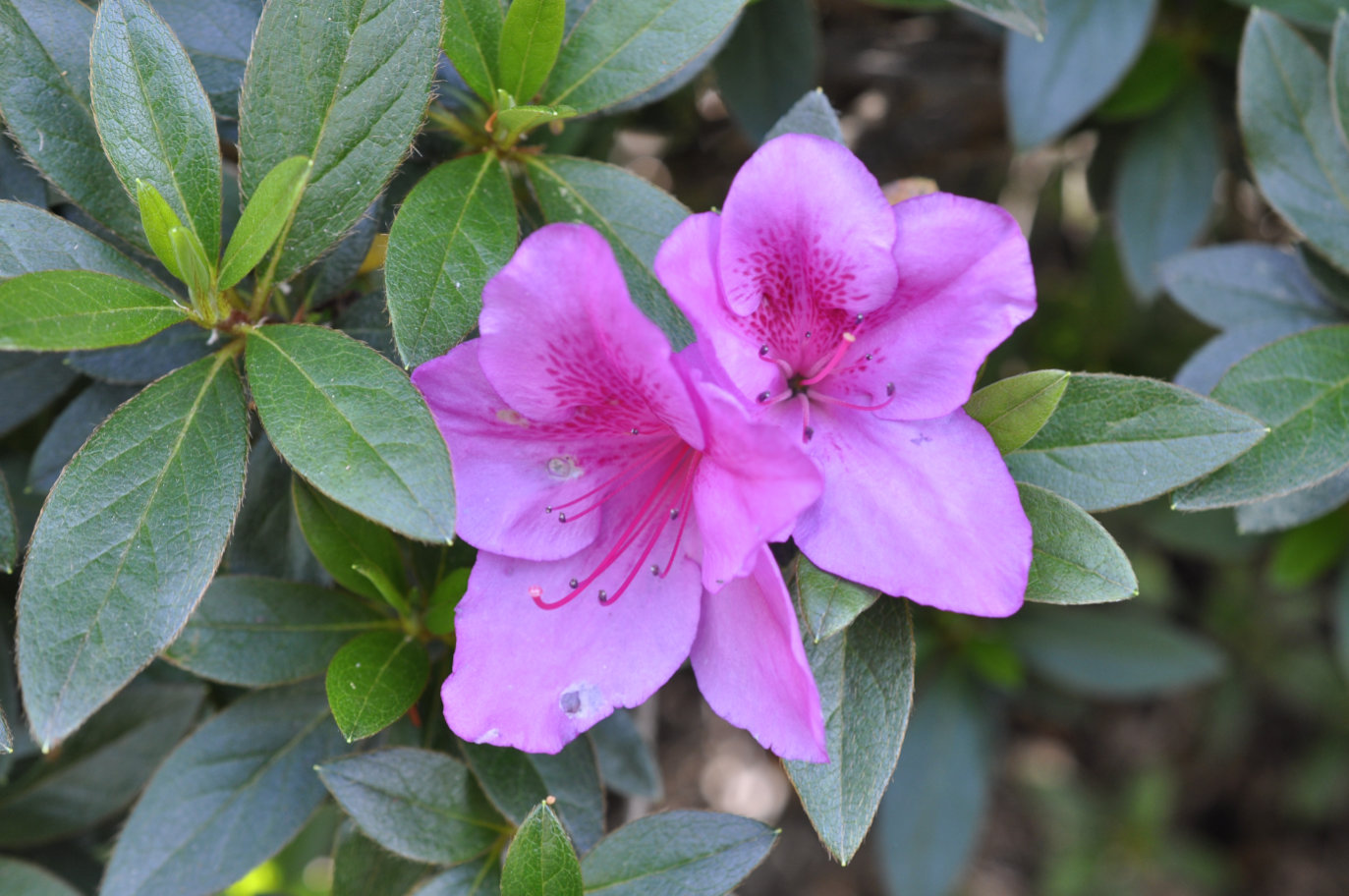 |
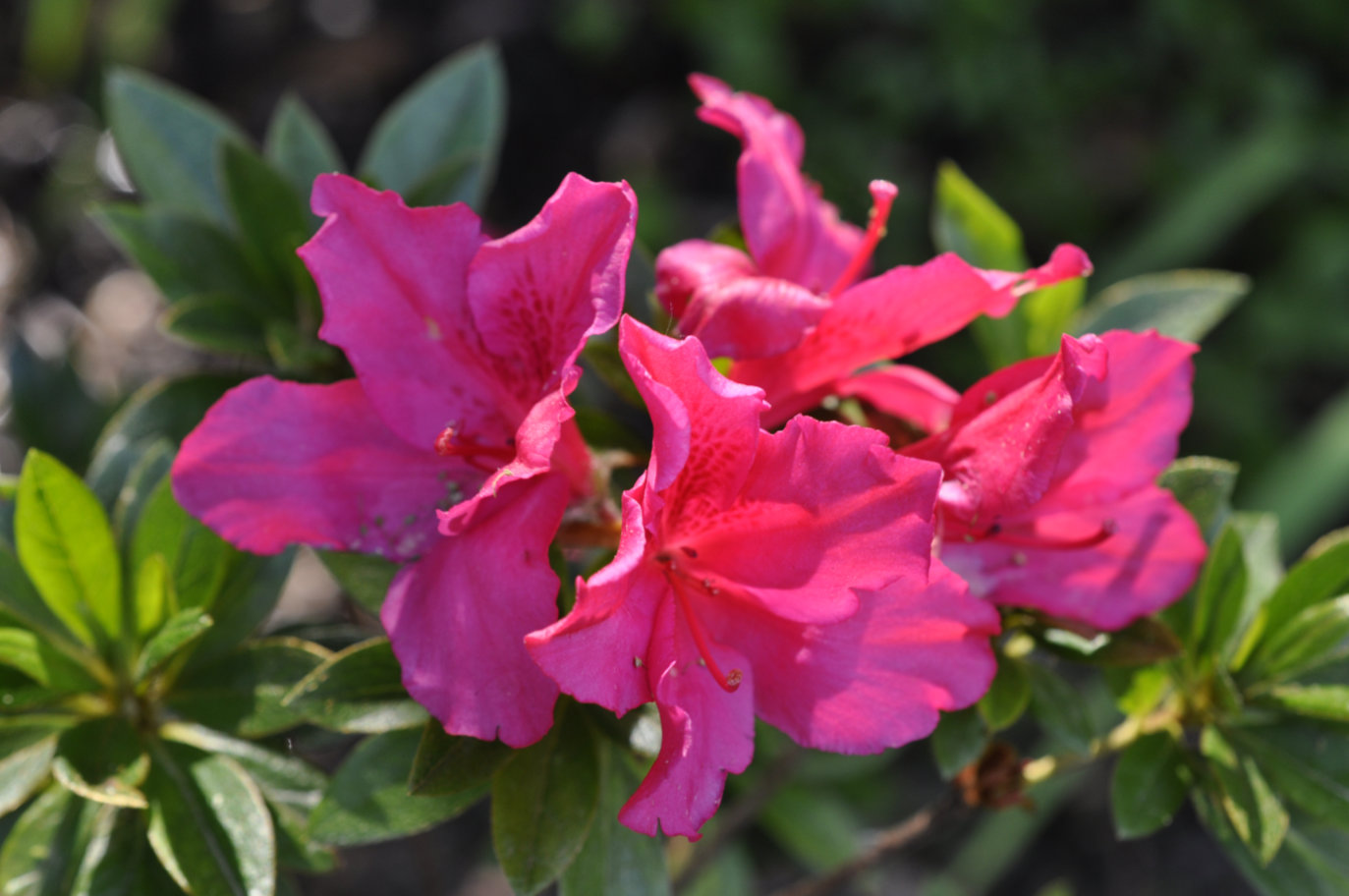 |
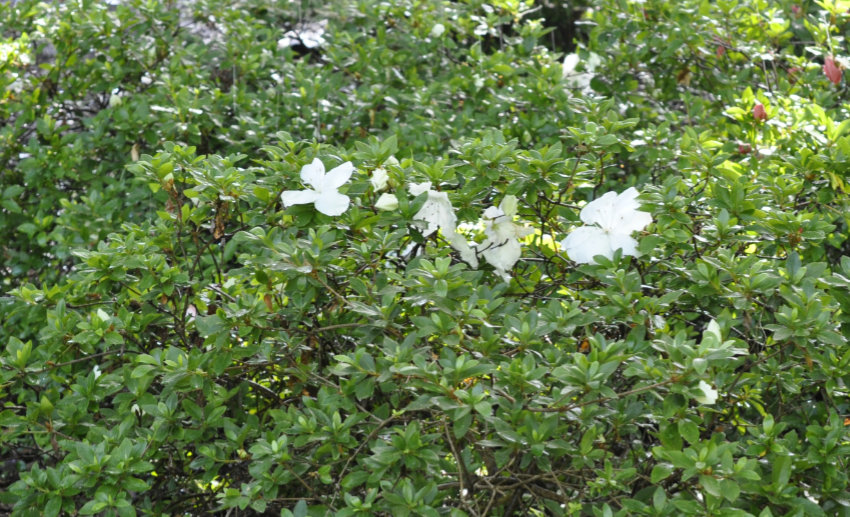 |
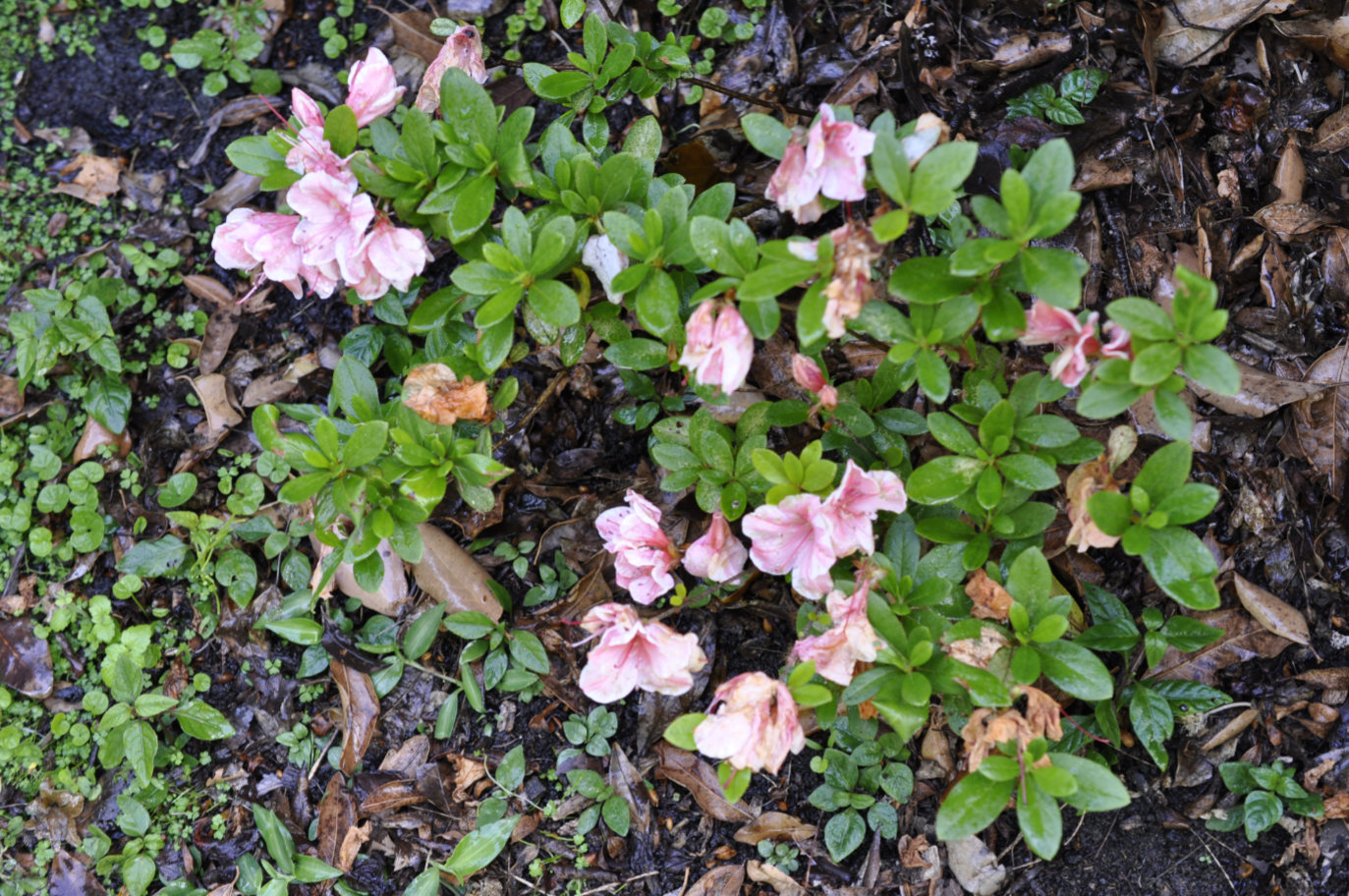 |
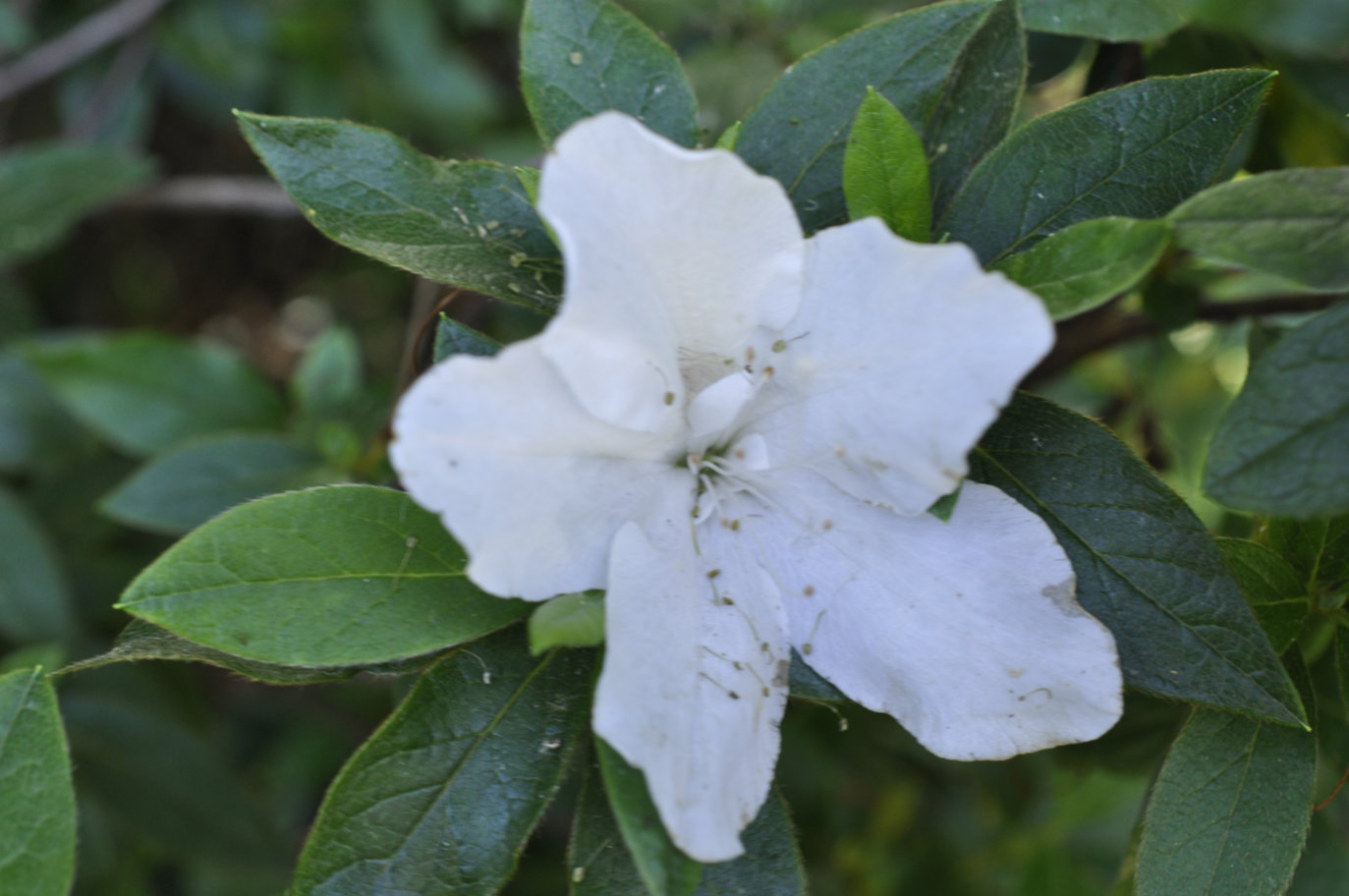 |
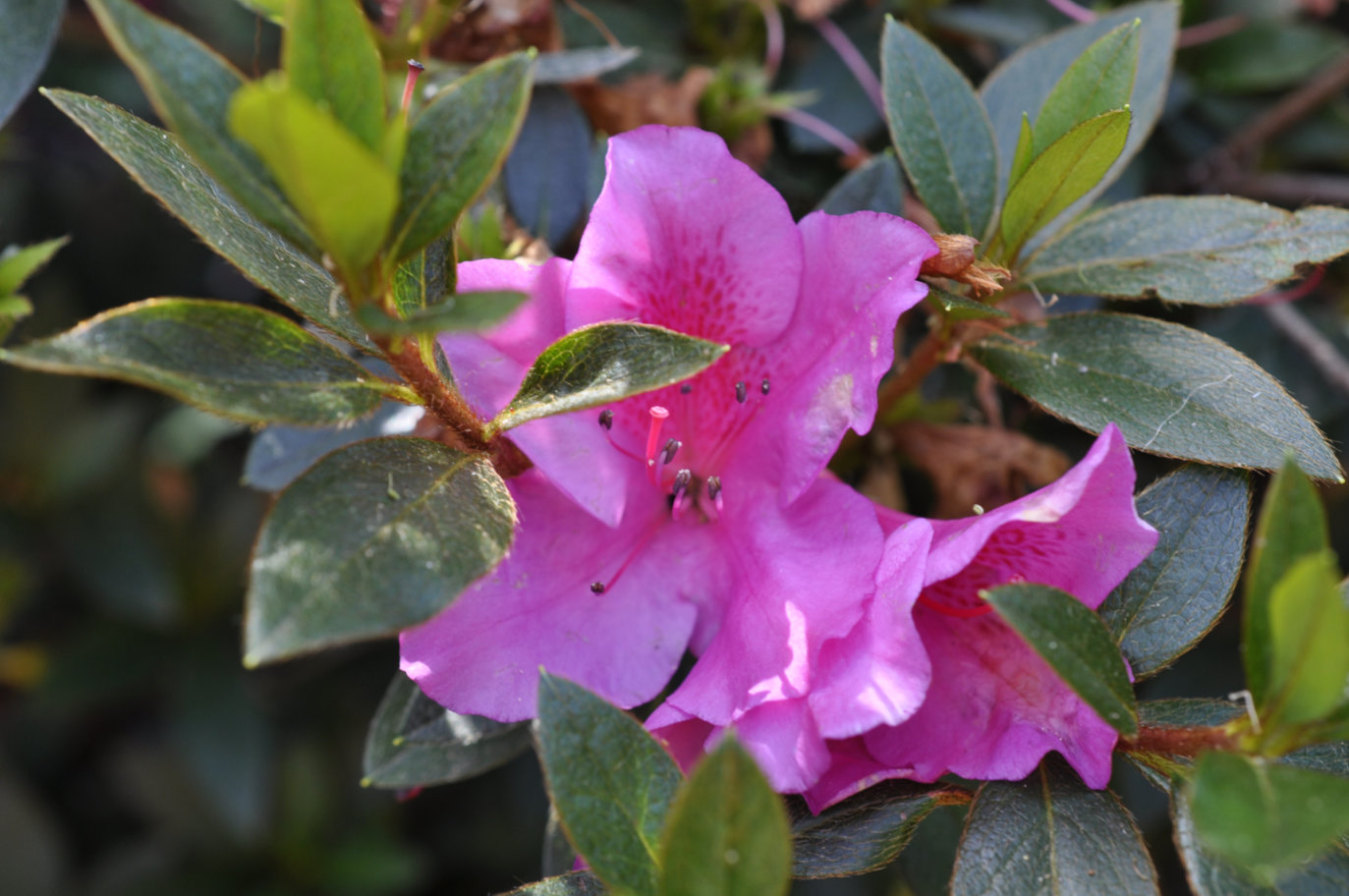 |



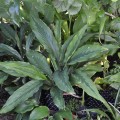
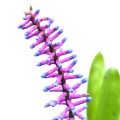
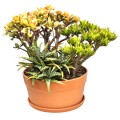


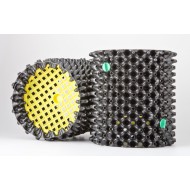

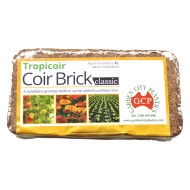

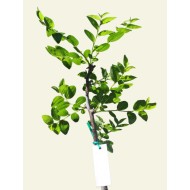

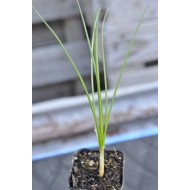
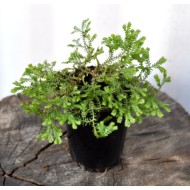
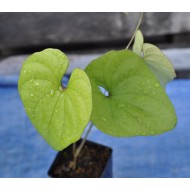

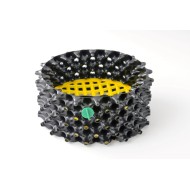

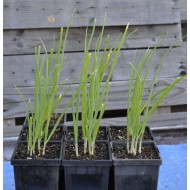
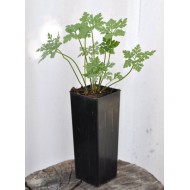
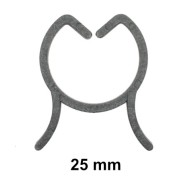
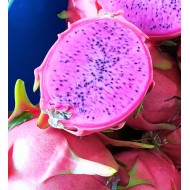

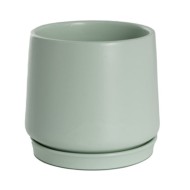
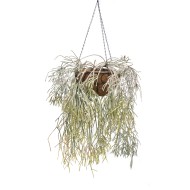
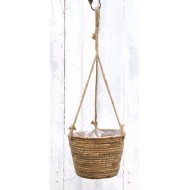
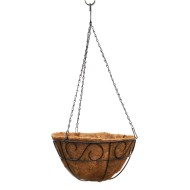
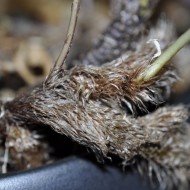
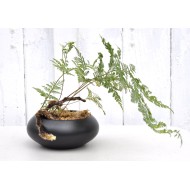
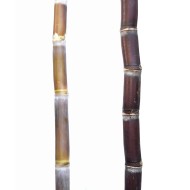
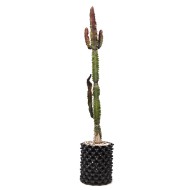
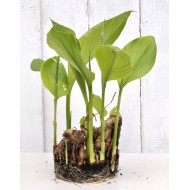
Leave a Comment